10 Days to New Zealand South Island
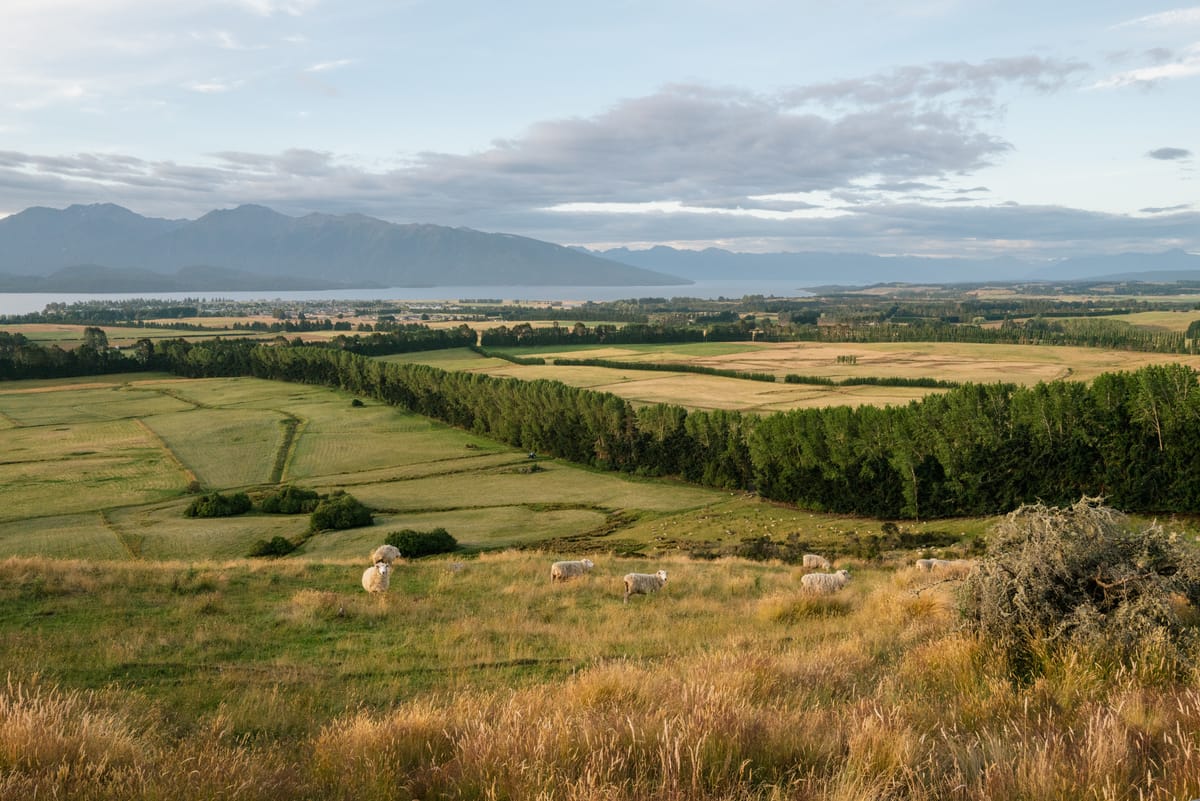
Our annual trip home to Singapore took the long way round. We stopped first in New Zealand’s South Island, because if you’re going to cross the Pacific, you might as well make it interesting.

AA 73 pushed off from LAX at 10:49 p.m. and deposited us in Sydney at 8:30 a.m., two days later.
Sydney
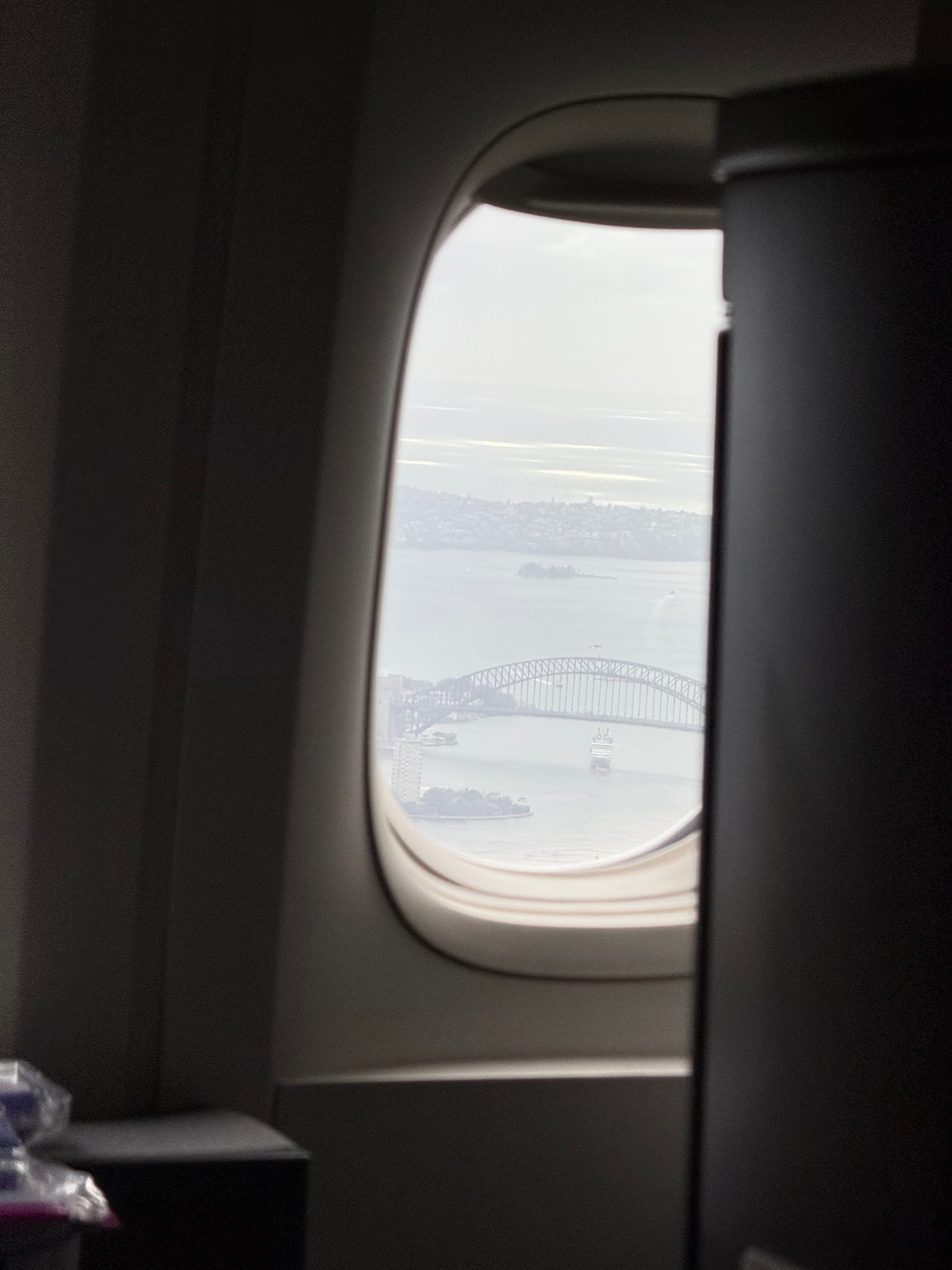

A quick one-night stop meant we could stretch our legs after fifteen hours in a pressurized thermos and give Ari and her family a first lap of the city. I’d been before; they hadn’t.
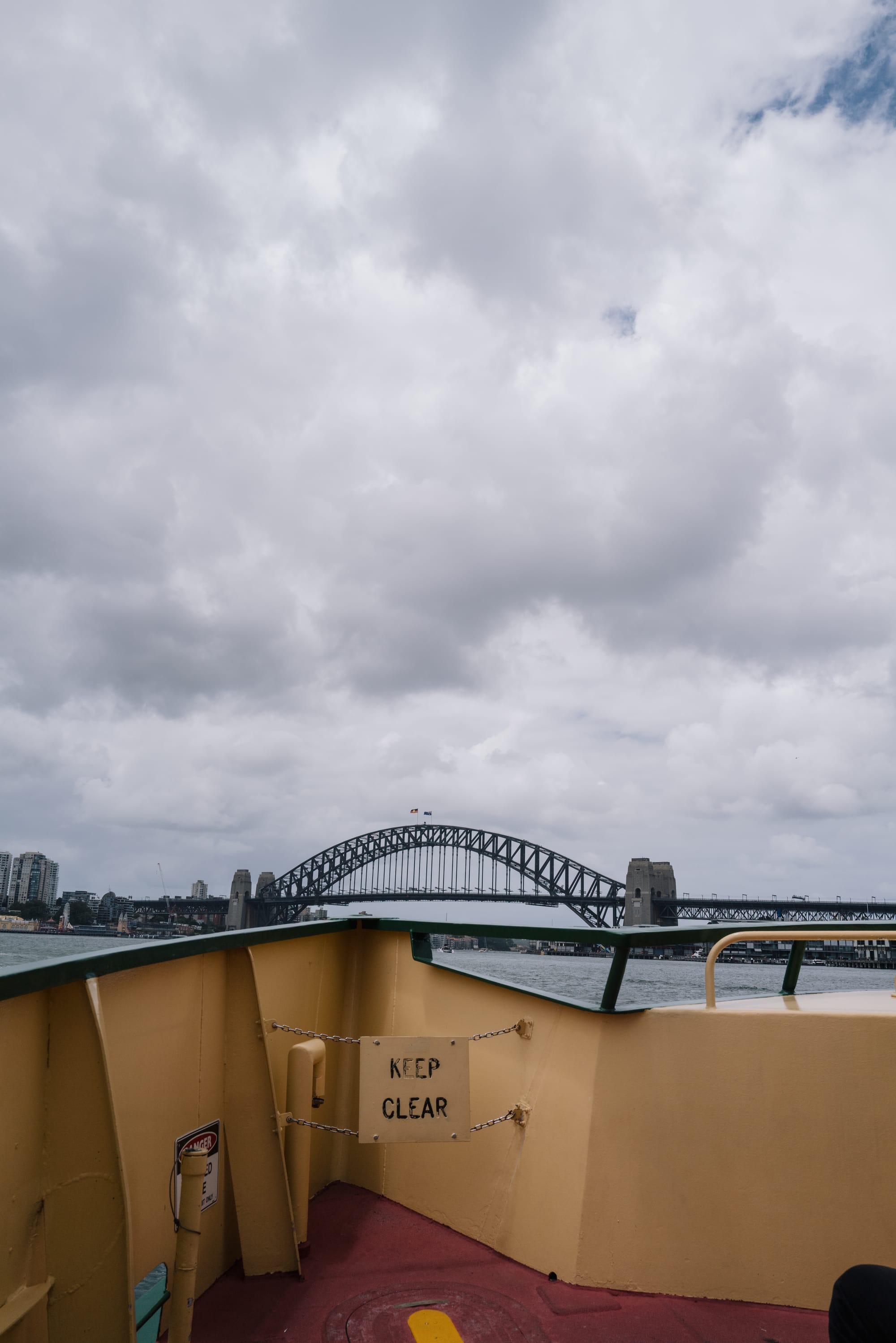


We chased a peach-orange sunrise, admired how water finds its way into every view, and, by personal tradition, ordered disgracefully timed Maccas to coax jet lag into submission.
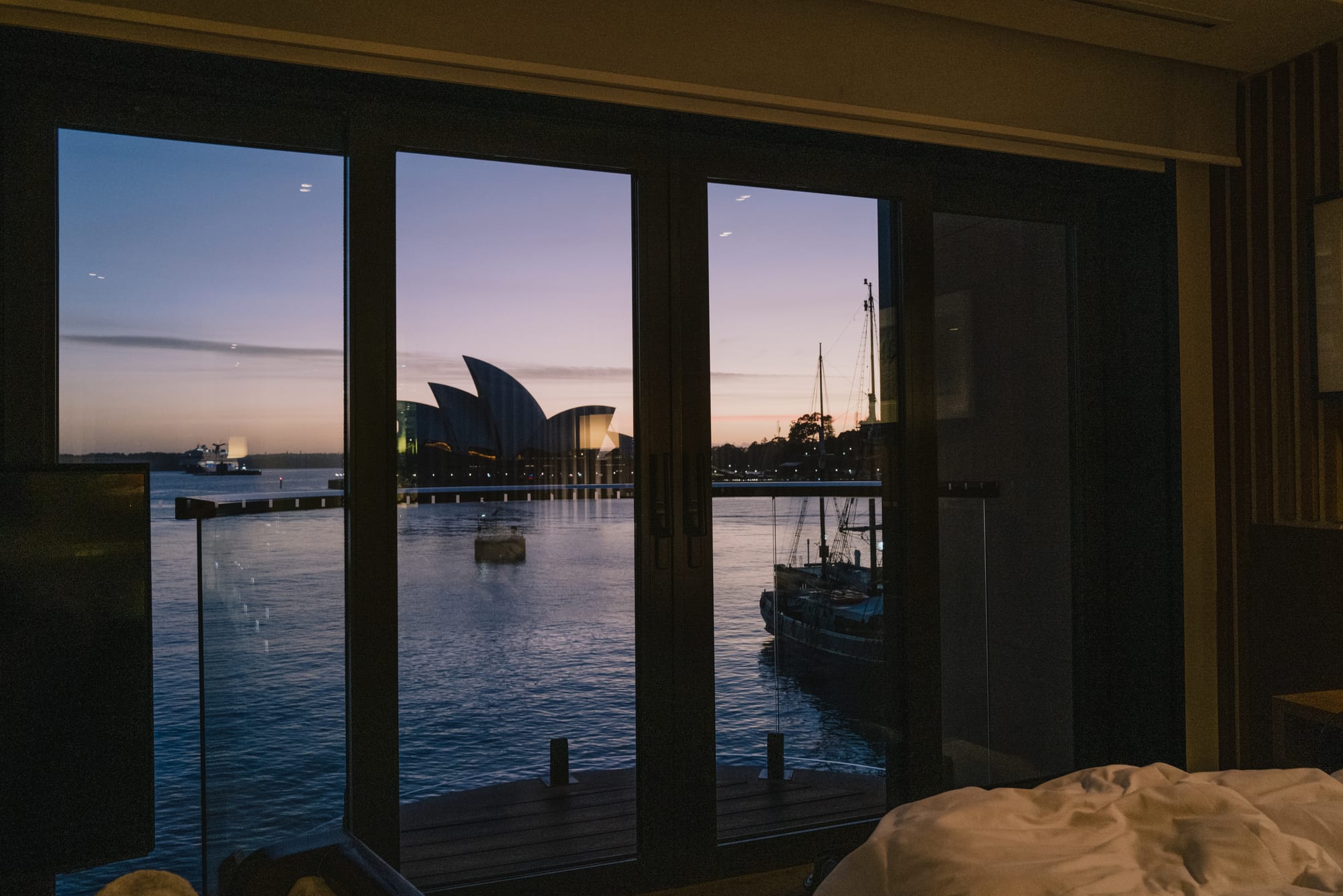

By morning we were back at the airport for a 9:30 hop across the Tasman to Queenstown.
The approach to Queenstown from Sydney was just stunning. Cloud breaks. Fiordland unfurls in slow cuts: dark ridgelines, pale river braids, snow that looks pencilled in. It’s the sort of approach that makes the rest of the cabin go quiet. I'd let the photos do the rest of the talking.
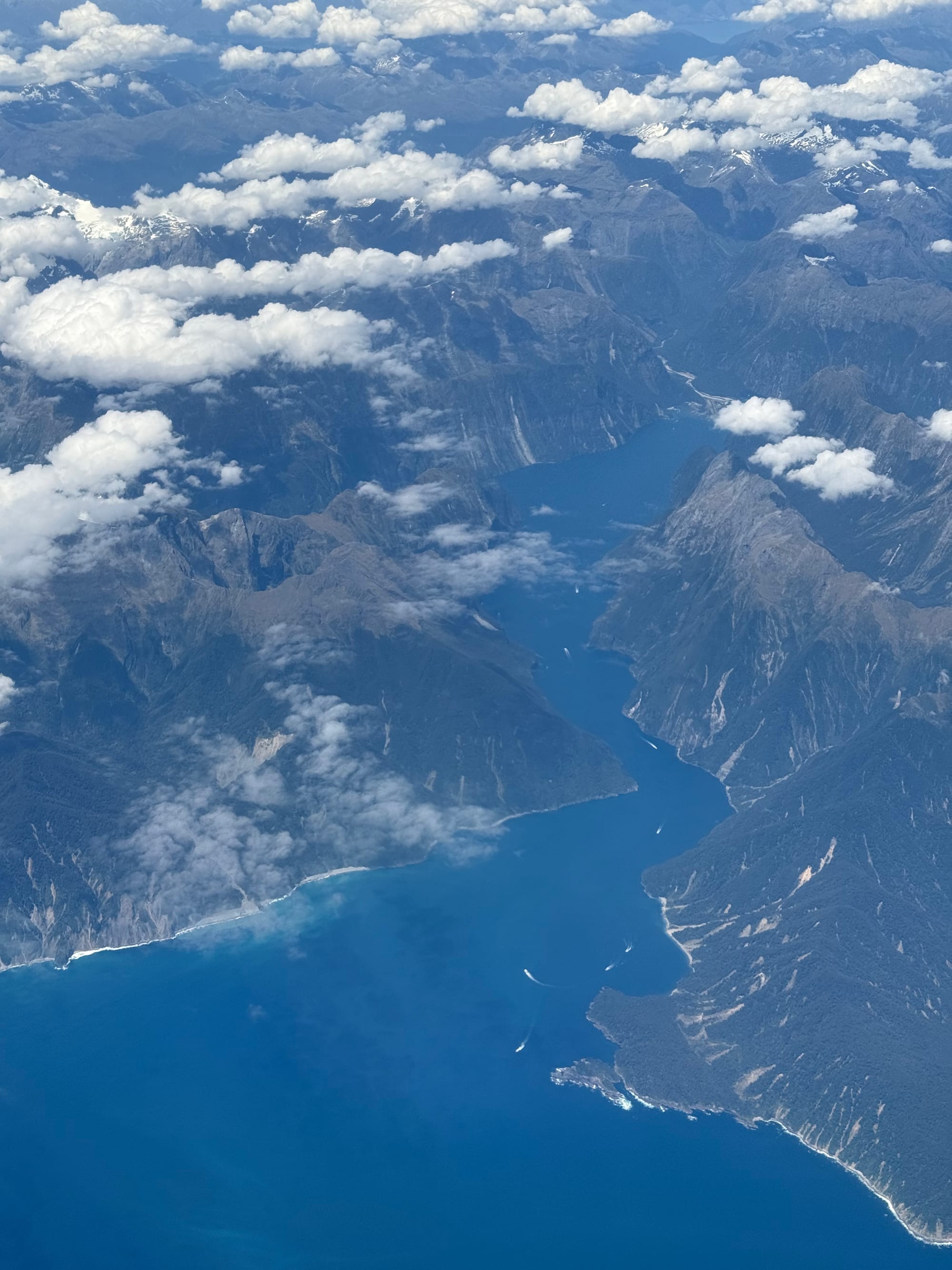
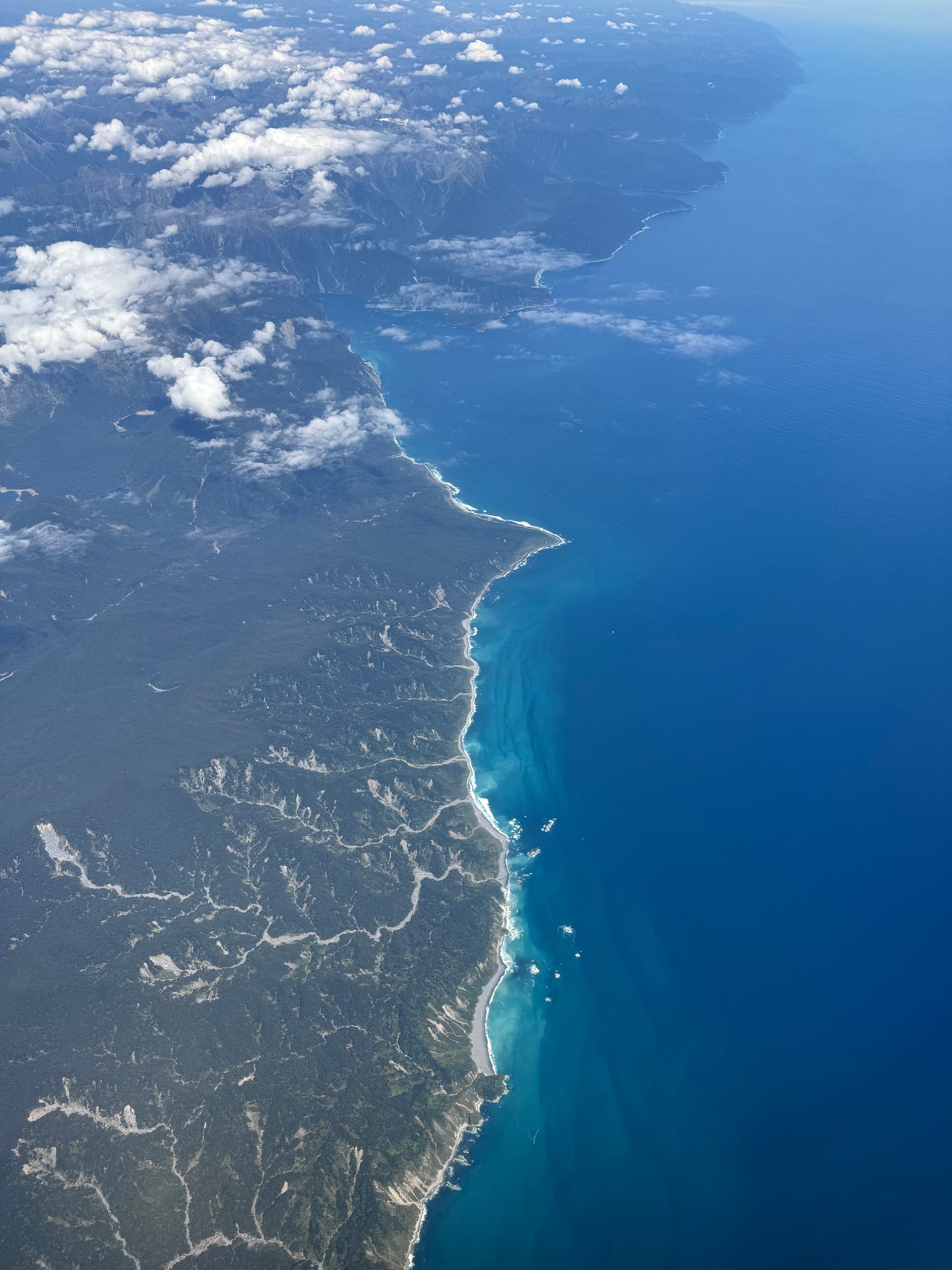
Te Anau
The flight itself lasted about three hours, but with Queenstown two hours ahead of Sydney, we landed at 3 PM local time.
Three hours in the air and two hours ahead on the clock, we landed at 3 p.m., claimed a rental, and pointed south for Te Anau.
I normally try for something with a bit of character. However, this KIA Something had the personality of a stern headmaster; its lane-departure chime scolded us for breathing. Also it had sliding doors. Character enough.
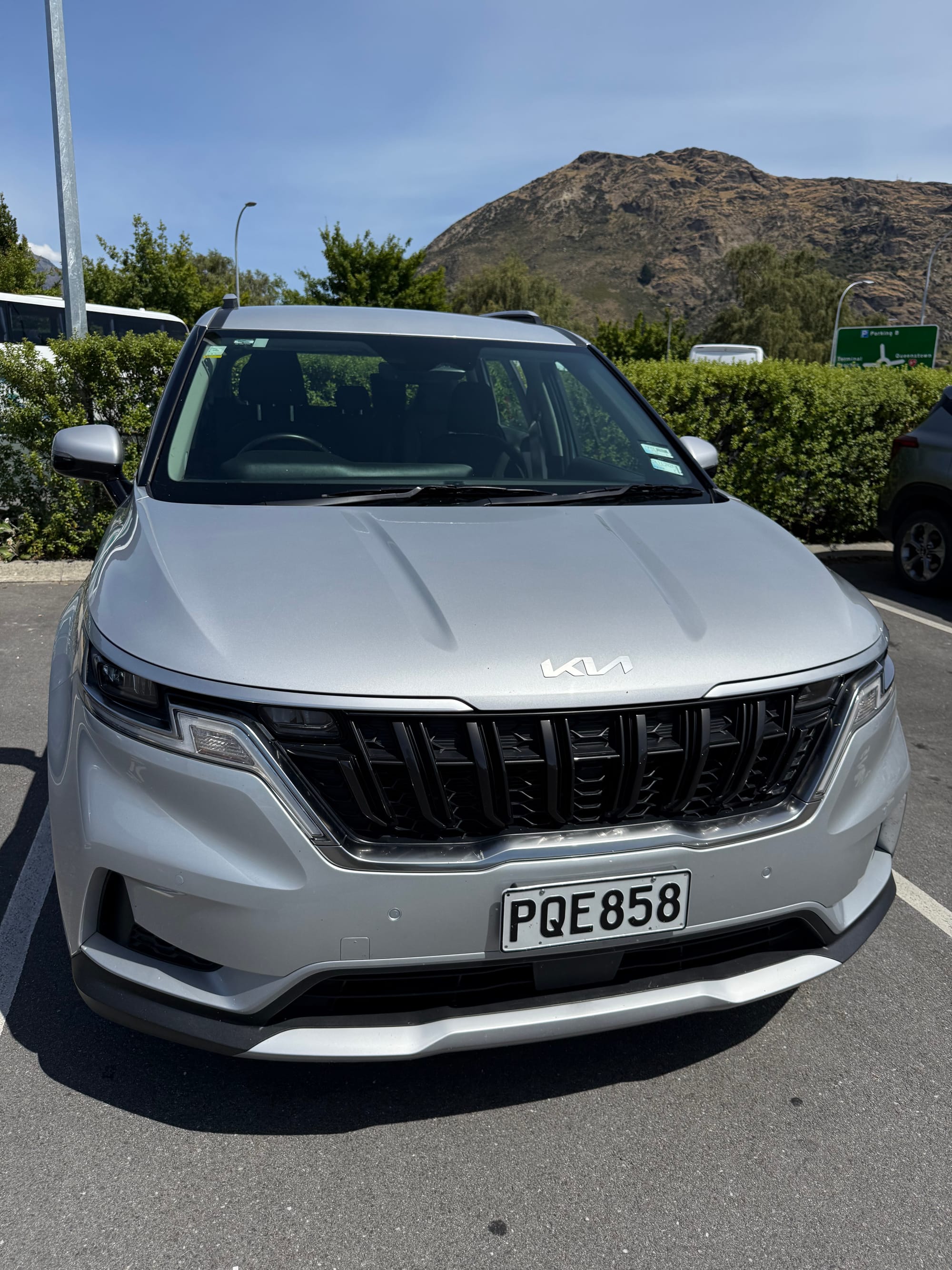
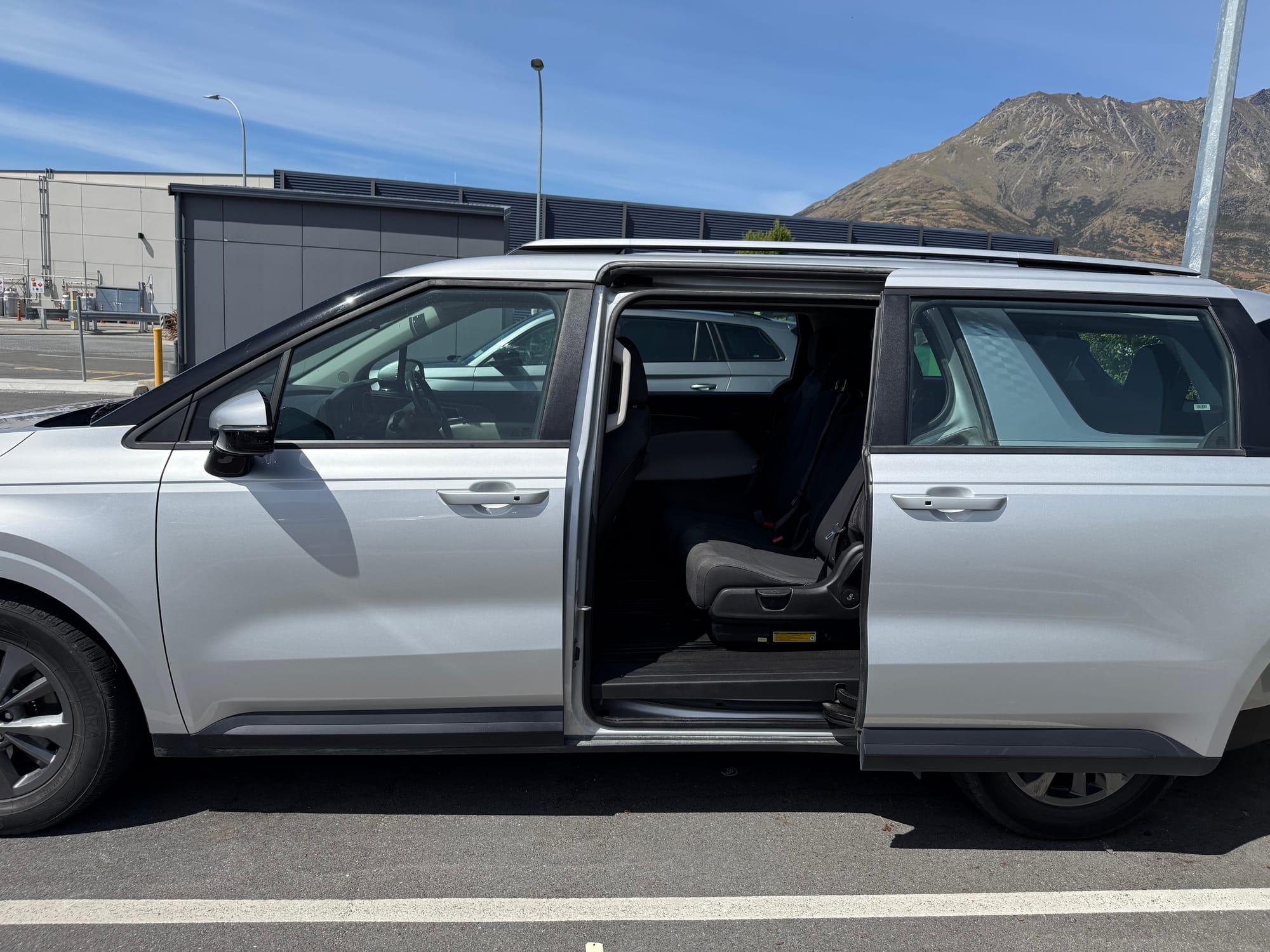
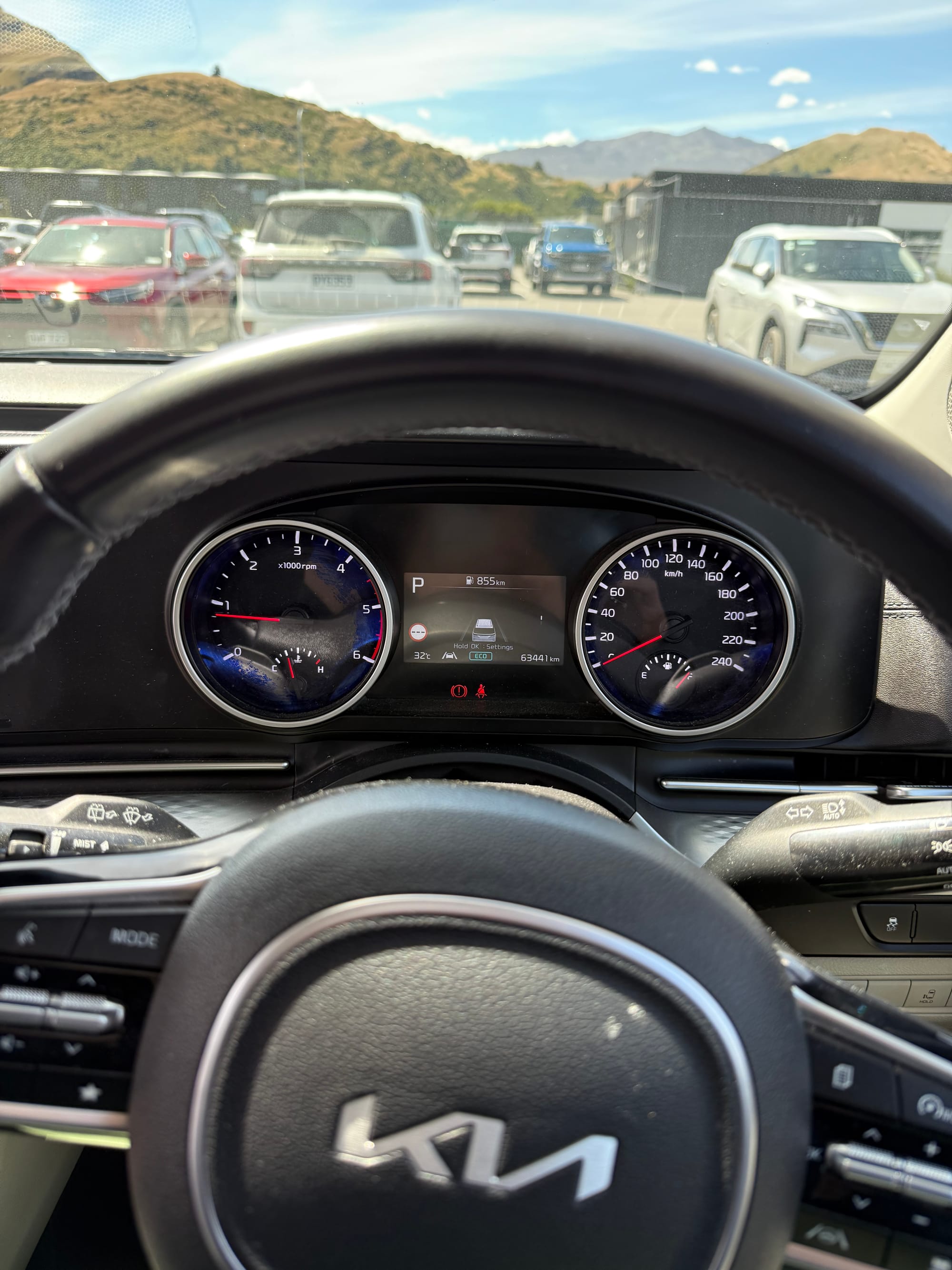
Te Anau was a tactical choice. From here, Milford Sound is a relaxed two hours; from Queenstown, it’s a six-hour round trip on a coach with scheduled enthusiasm. We wanted time to pull over, to photograph, to simply stand there and take the journey in.
We checked into Fiordland Eco Retreat, an off-grid homestead with a front-yard view that behaves like a screensaver. Our hosts were the sort who hand you fresh eggs and local tips with the same easy generosity. It felt good to exhale.
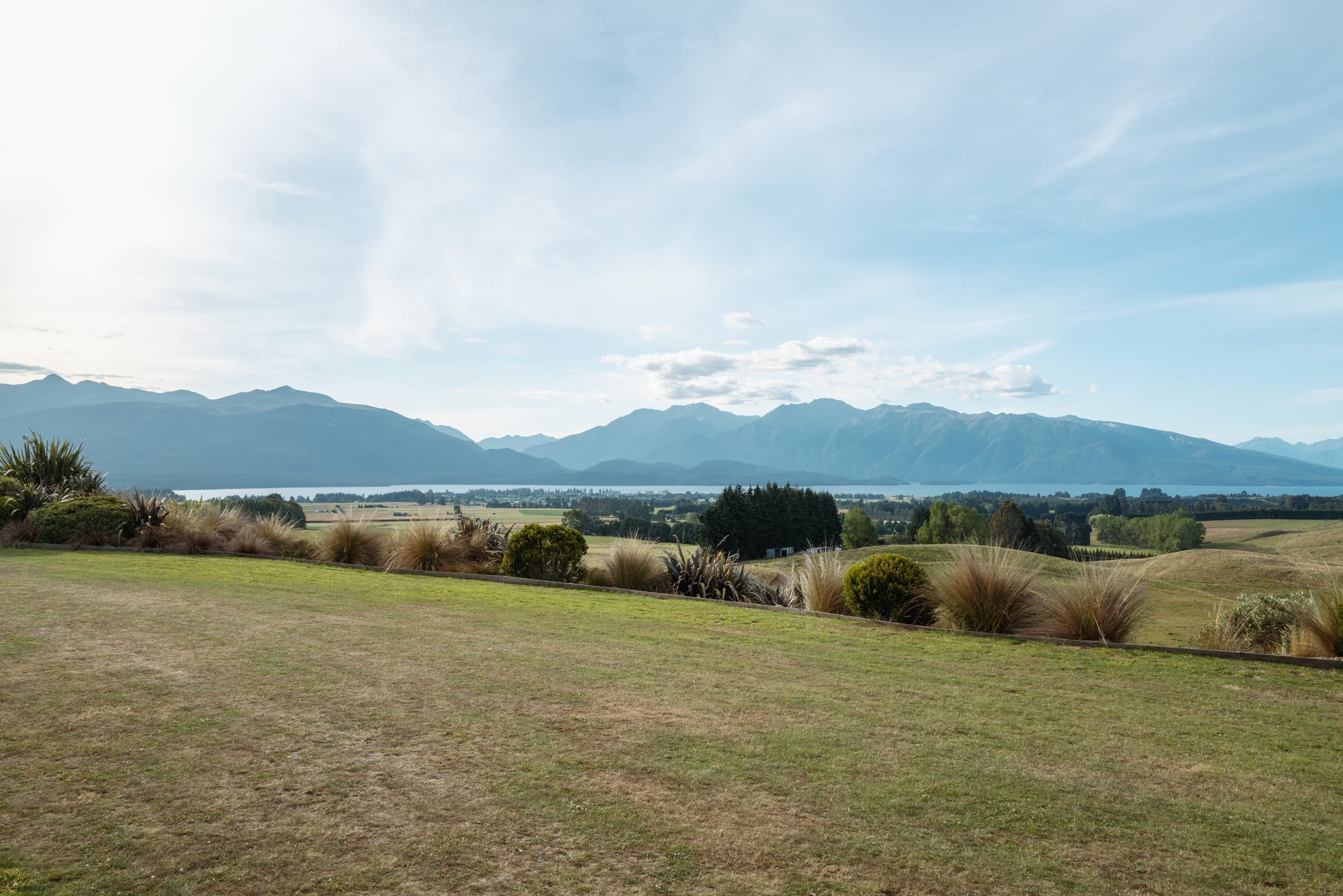
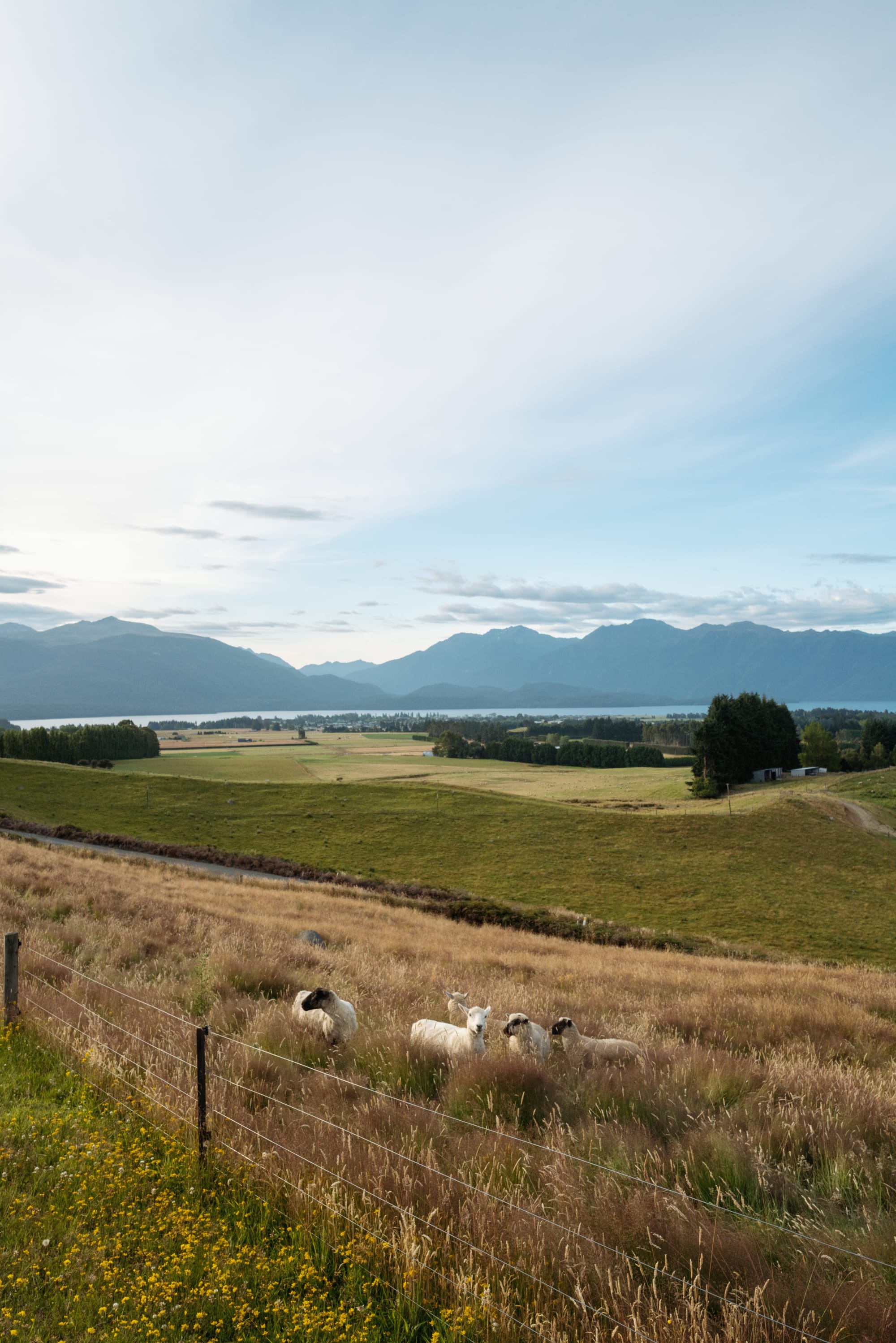
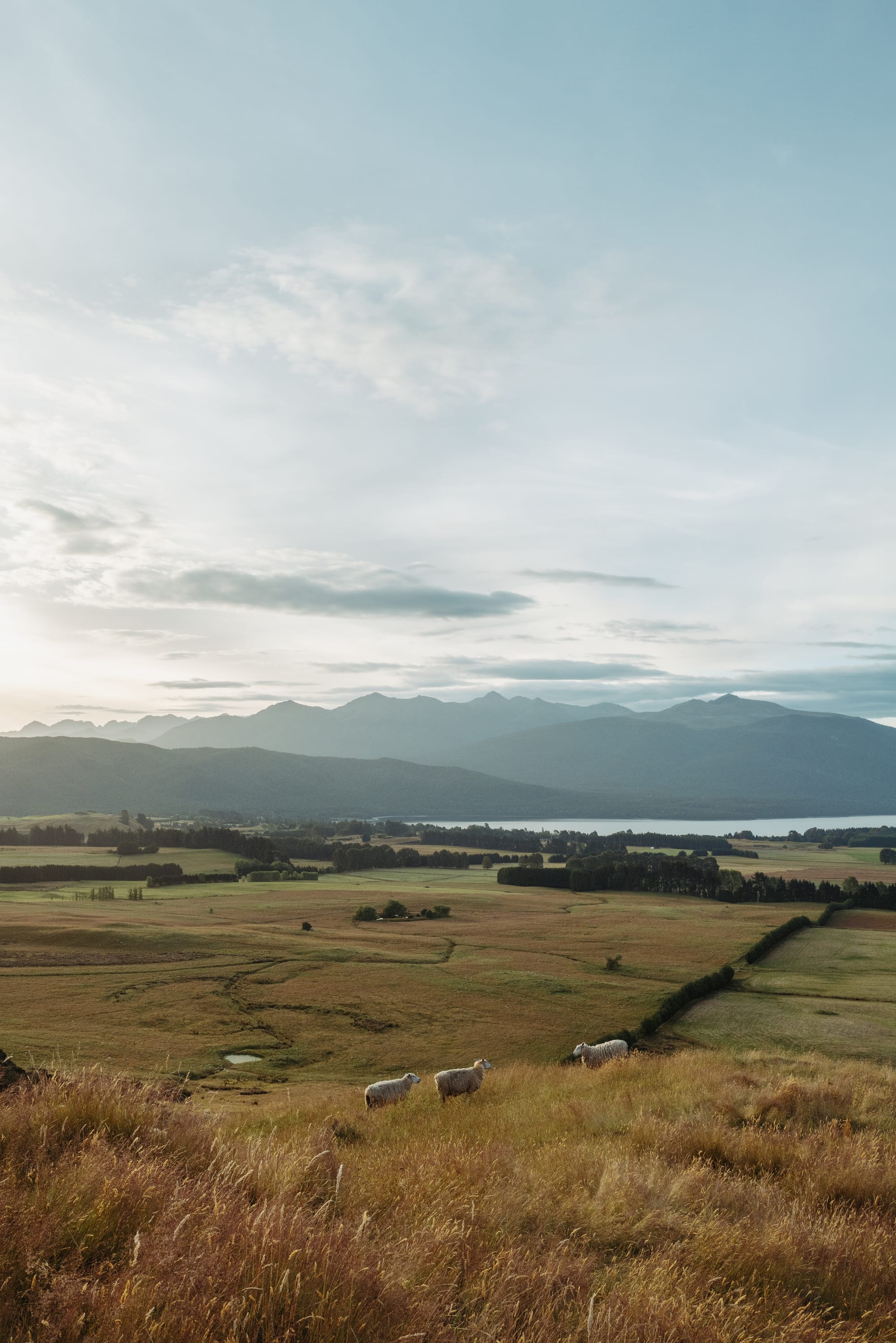
Fjordlands National Park
The next day, we met up with our tour guide and driver, who would accompany us for our day trip to Milford Sound.

Fiordland National Park is one of those places that reminds you that you are on the literal edge of the world, in the best way. It's a UNESCO World Heritage site, called Te Wāhipounamu.
But here’s the funny bit: despite the name, there aren't actually fiords at all. They’re technically glacially carved valleys flooded by the sea, which makes them sounds, not fiords. A real fjord, geologically speaking, needs that textbook steep U-shape and no river delta.
The best part is that the Māori didn’t even bother with all that. They just called the whole region Te Rua-o-Te-Moko—the hollow of Te Moko. No geological pedantry, no naming mishaps. Meanwhile, the colonials showed up, pointed at things, got it wrong, and carried on with admirable confidence.

Which, really, feels on brand. Because if there’s one thing this region does well, it’s letting nature do the talking while humans fumble around with the labels. And nowhere is that more obvious than the road in.
The way to Milford Sound from Te Anau is just one stretch of road creatively named: Milford Road. While the name itself may suggest that there is only one purpose for its existence, don't be mistaken.
The drive is the destination itself.
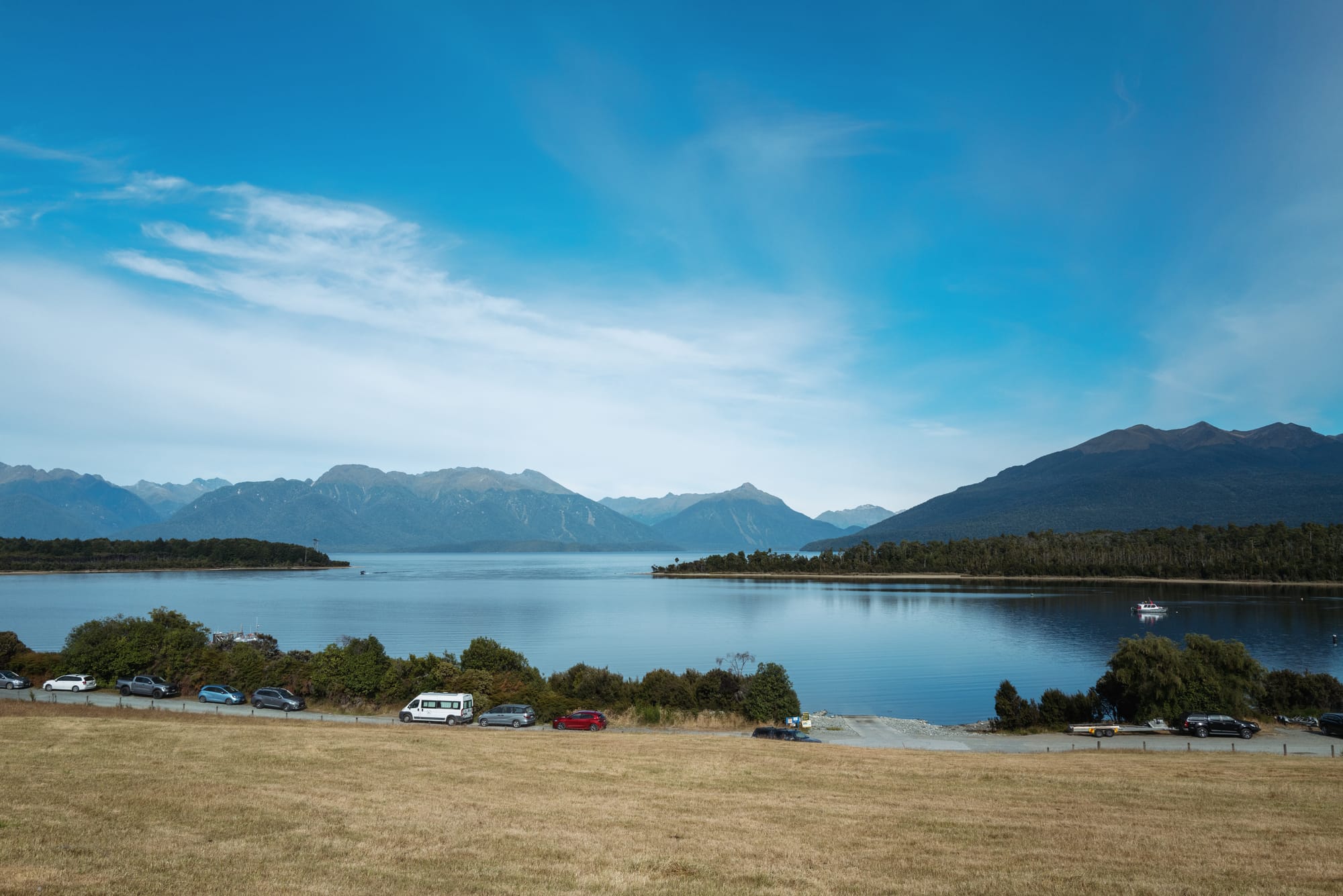
The road hugs the lake, then winds through vast untouched rainforest and glacial valleys, where the mountains surround you like ancient guardians. You pass rivers with electric-blue water that look like they have never been touched. Of course, this all builds up to the sound, where cliffs drop straight into water, and waterfalls surround you.
Eglinton Valley
Our first stop was Eglinton Valley, where you step out from dense forest into a sweeping cathedral of grass and rock so convincingly grand, you might briefly entertain the idea that the simulation settings were cranked to "demo mode".
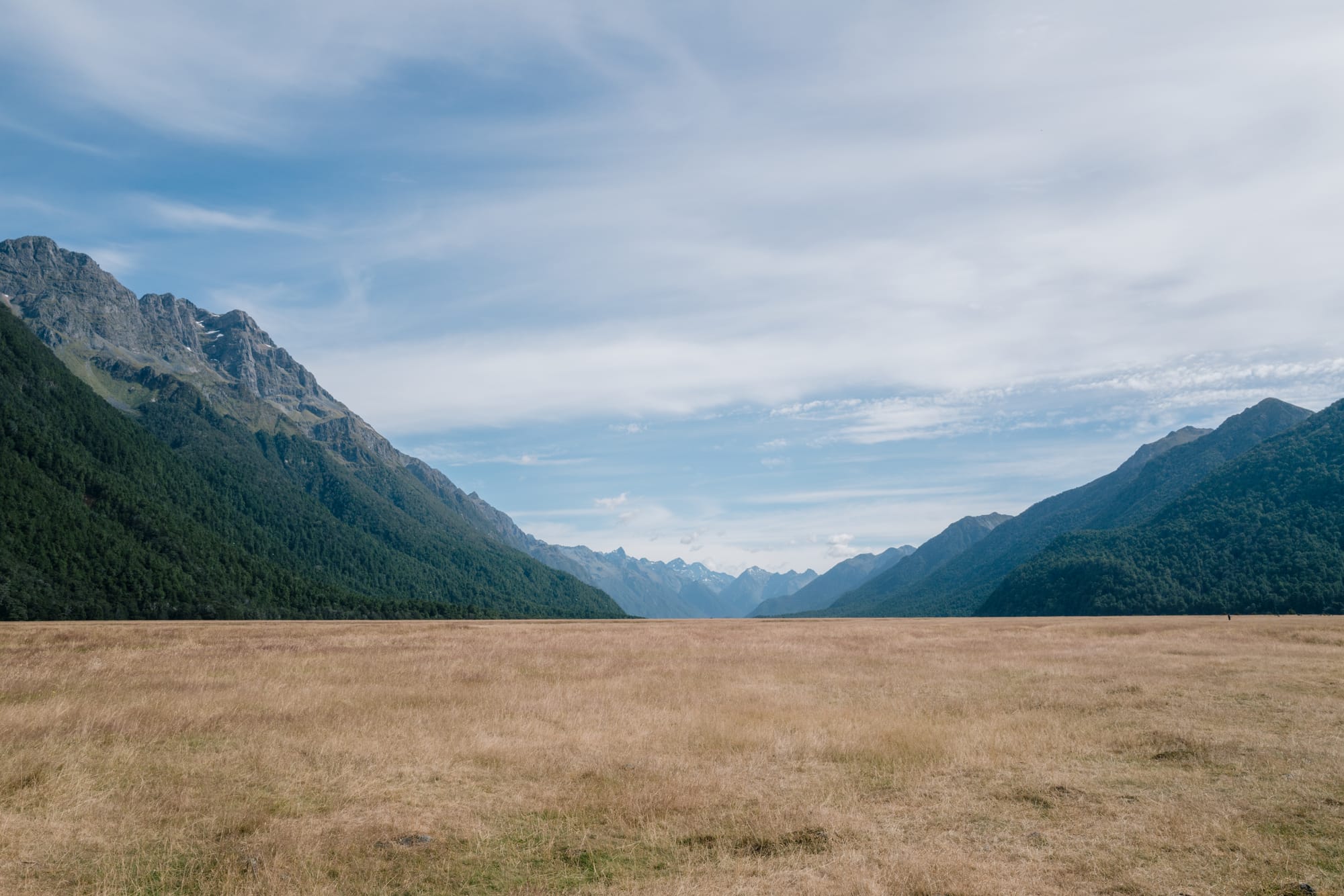
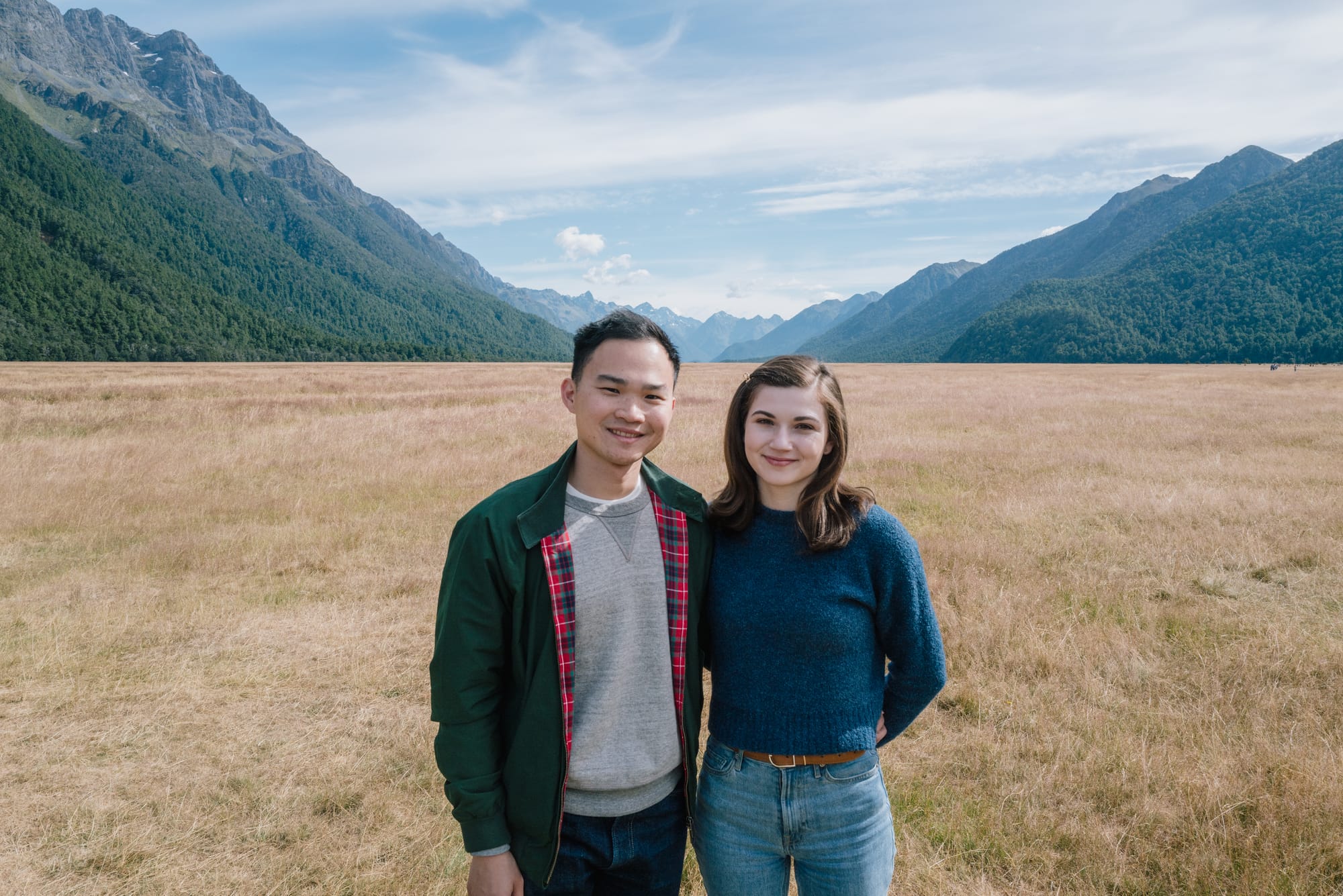
Hollyford River
Further down, we scooted ourselves into a turnout where you'd get to see a part of the Hollyford River. The rush of water in no mood for subtlety. It barrels past boulders with the sort of casual violence that makes you step back slightly and reconsider where you stand.
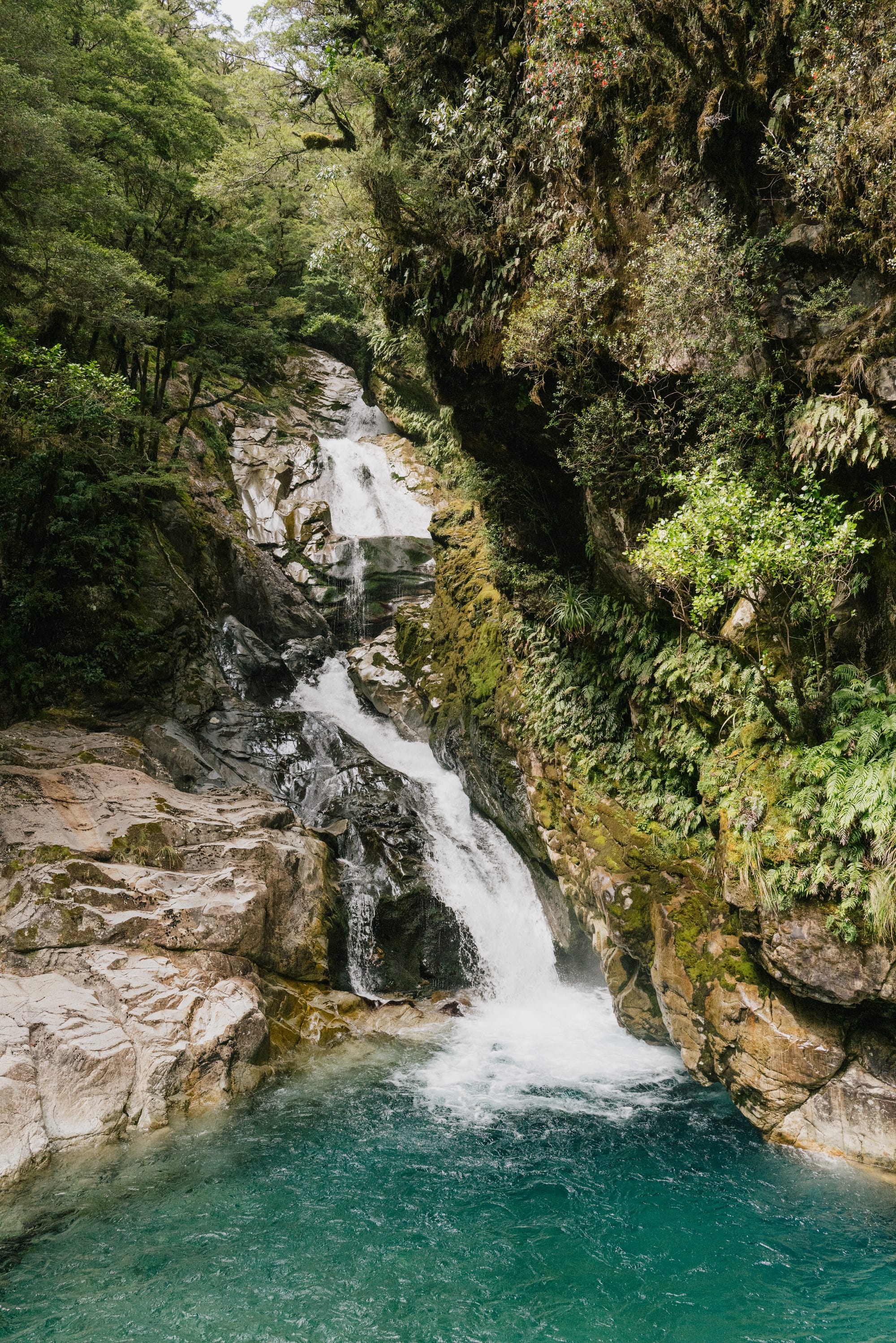
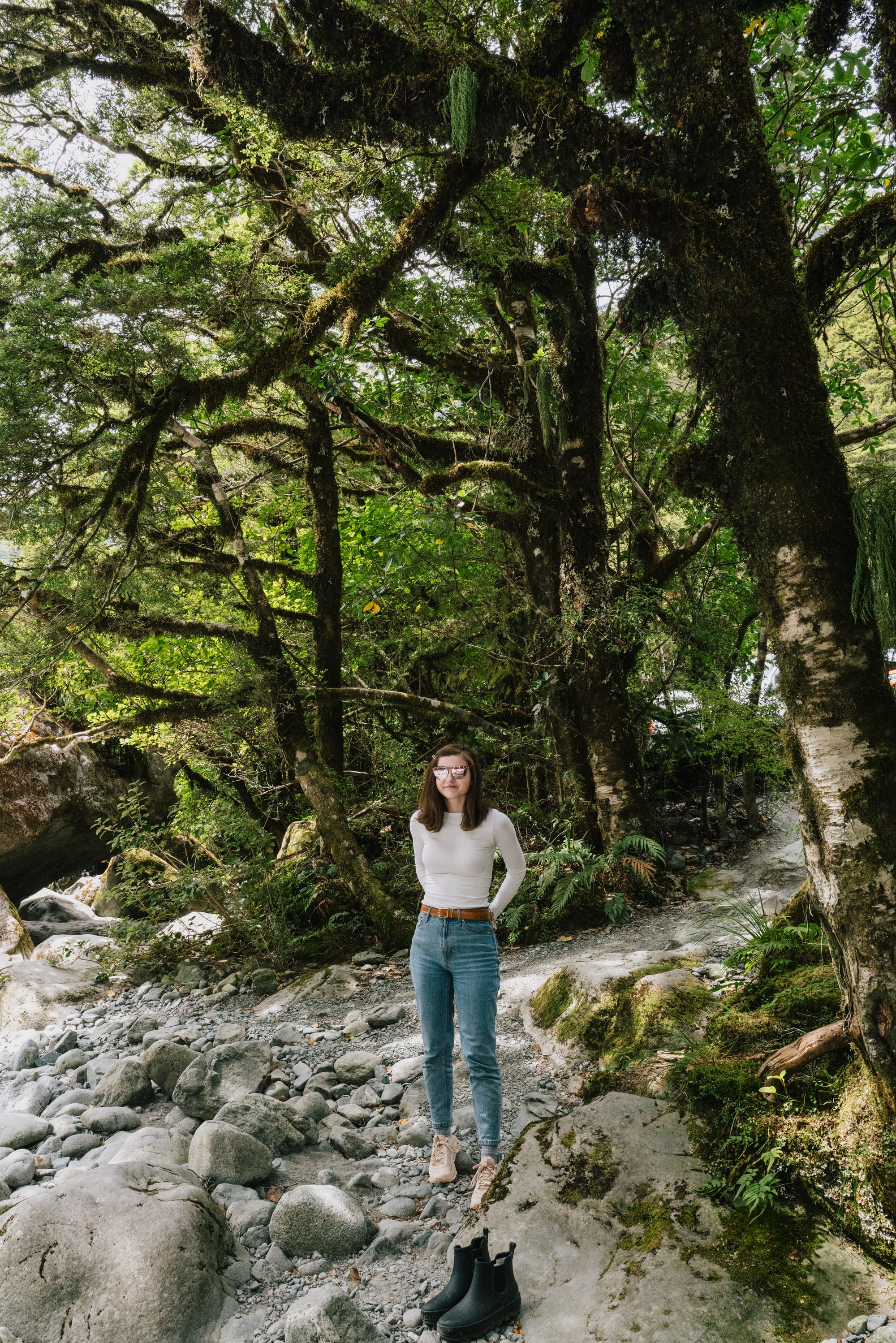
We pulled into a turnout to watch a section of the Hollyford behaving with zero subtlety—water muscling past boulders with casual violence. I took a sip, because I am exactly that person.

Cold. Perfect.
Milford Sound
At last, the headliner.
A decade ago, on my last trip to New Zealand, I missed my chance to see it. In the years since, the endless photographs and drone footage made me feel as though I’d already visited.


But there’s something about standing here: wind whipping, water roaring, cliffs towering, that no camera could fully capture.
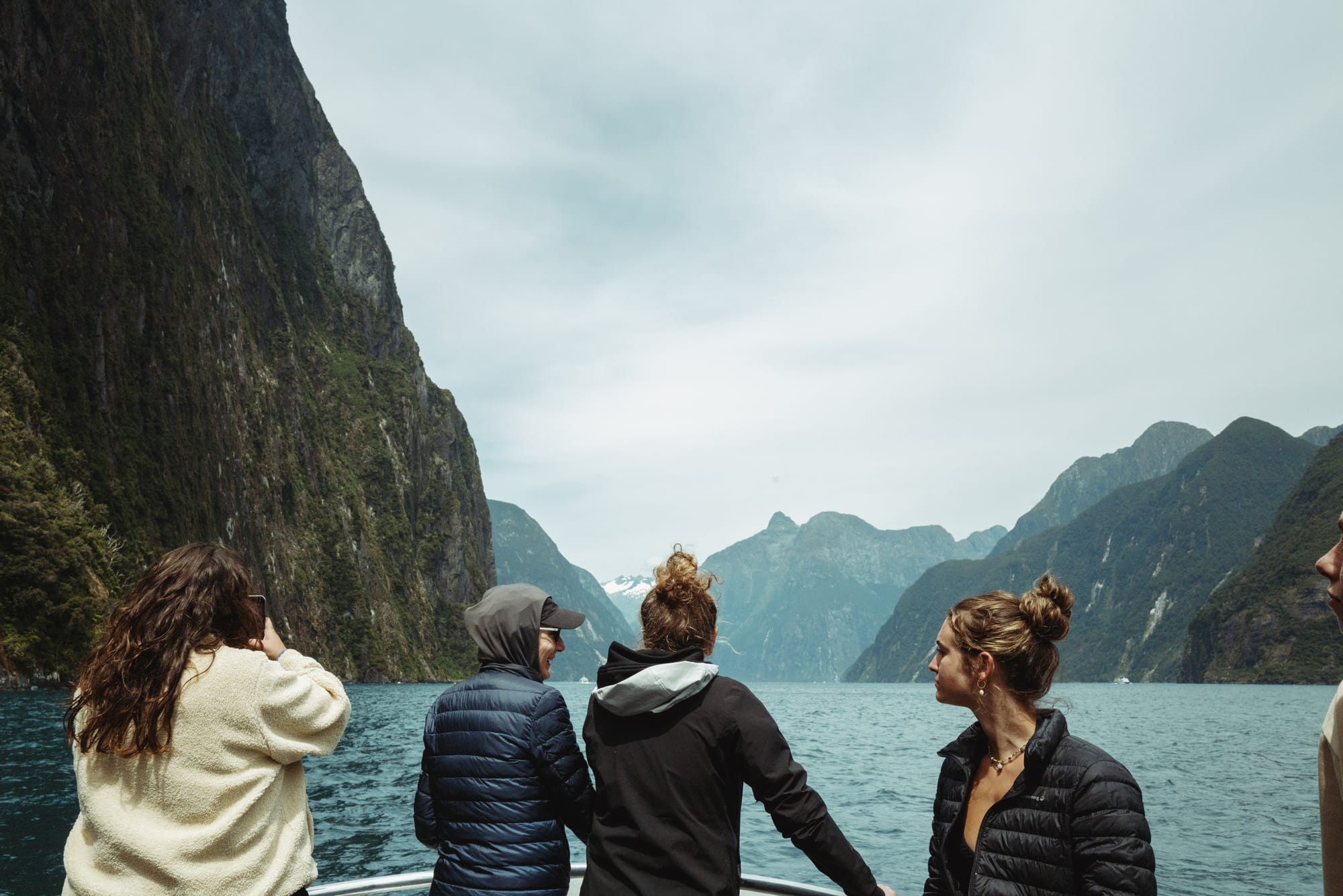
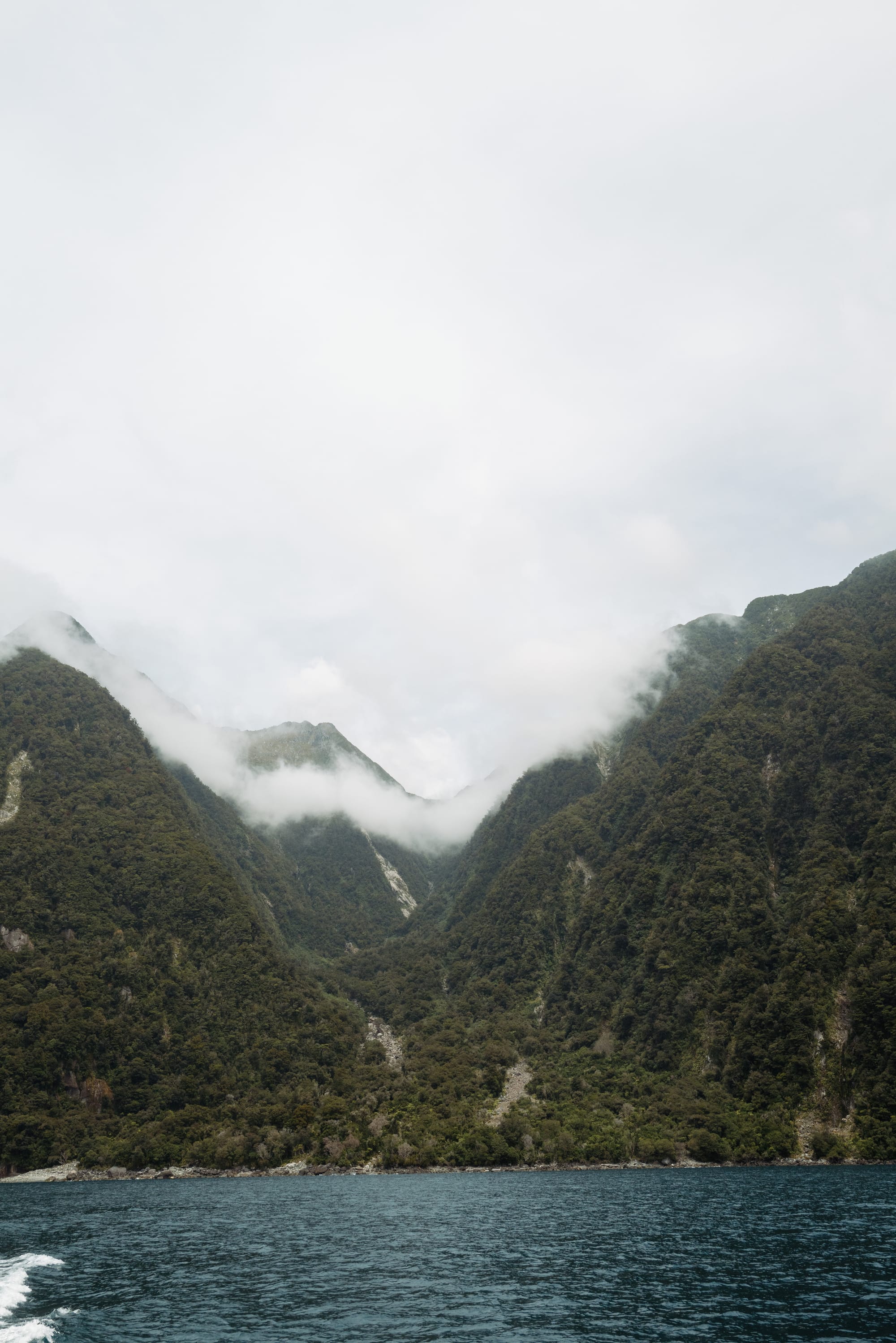
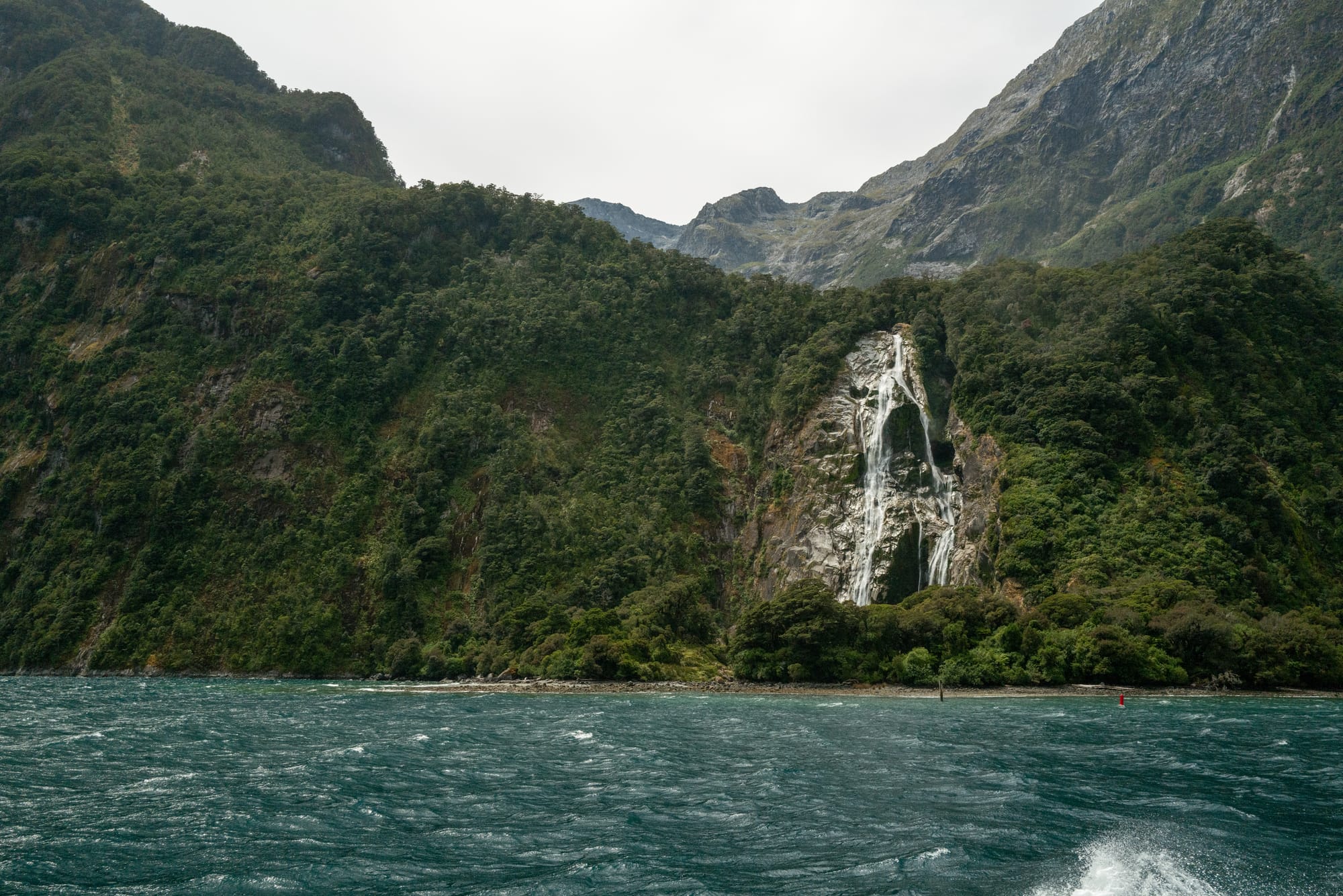
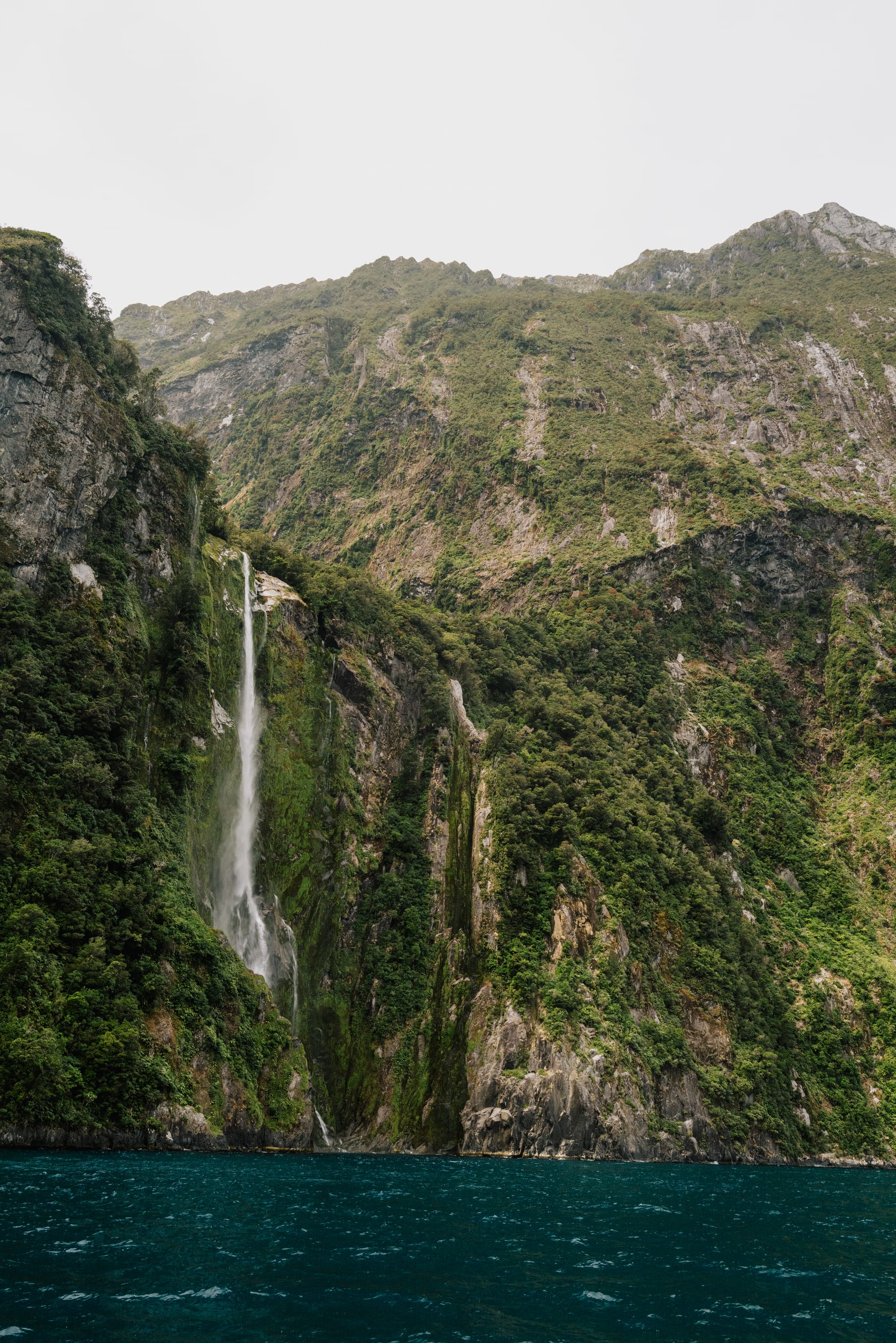
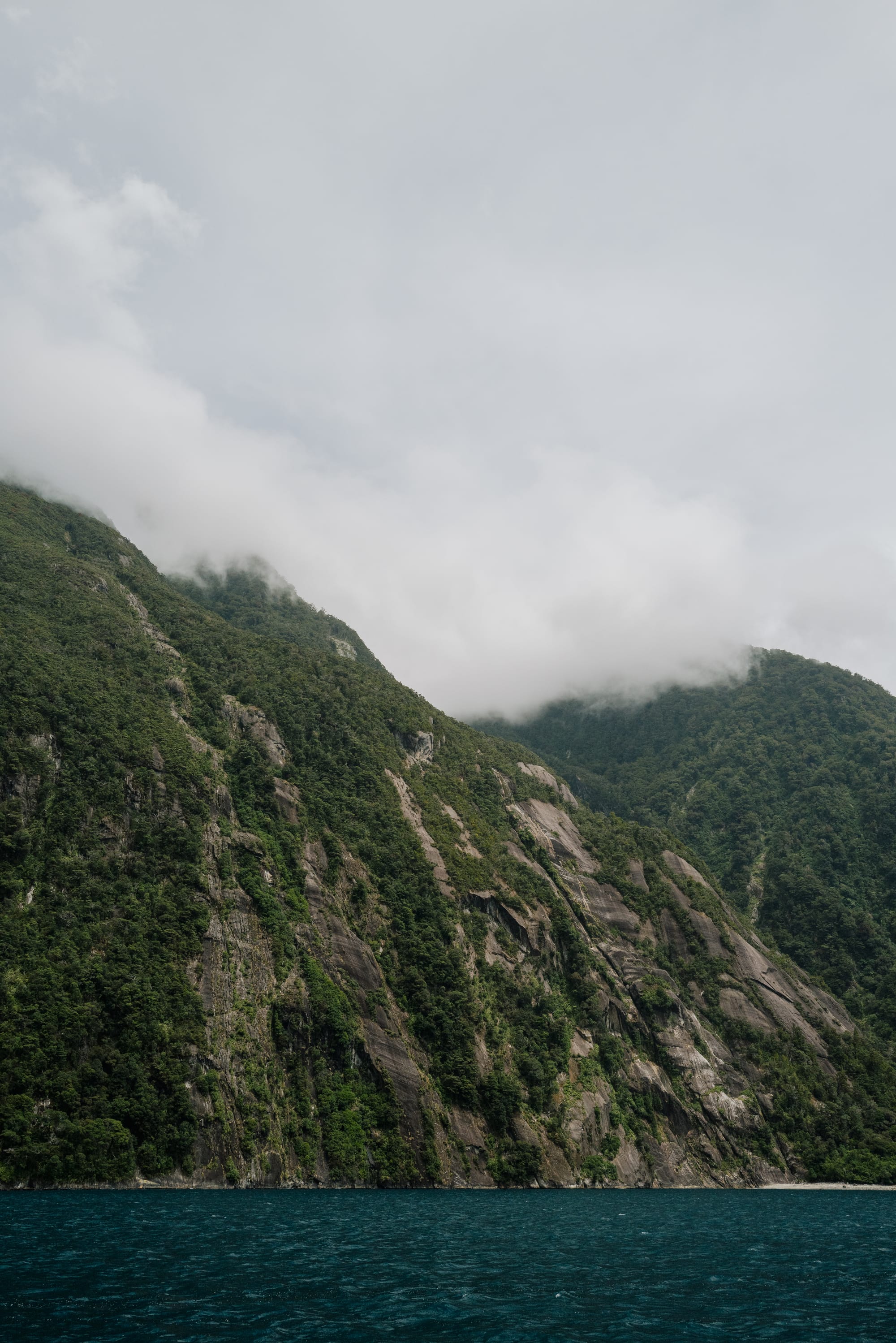
Nature, in its relentless disregard for my mortal expectations, never disappoints.
Lake Te Anau
Well, I’m not sure how you top a Milford Sound photo series right in the middle of an album. It’s a bit like rolling credits halfway through the film and then sheepishly carrying on.
After our second night in Te Anau, we took a small boat ride to see some glowworms. Unfortunately, photography in the caves was strictly forbidden. You'll just have to trust me: tiny luminous worms dangling from cave ceilings are quite impressive.
Just don't open your mouth.
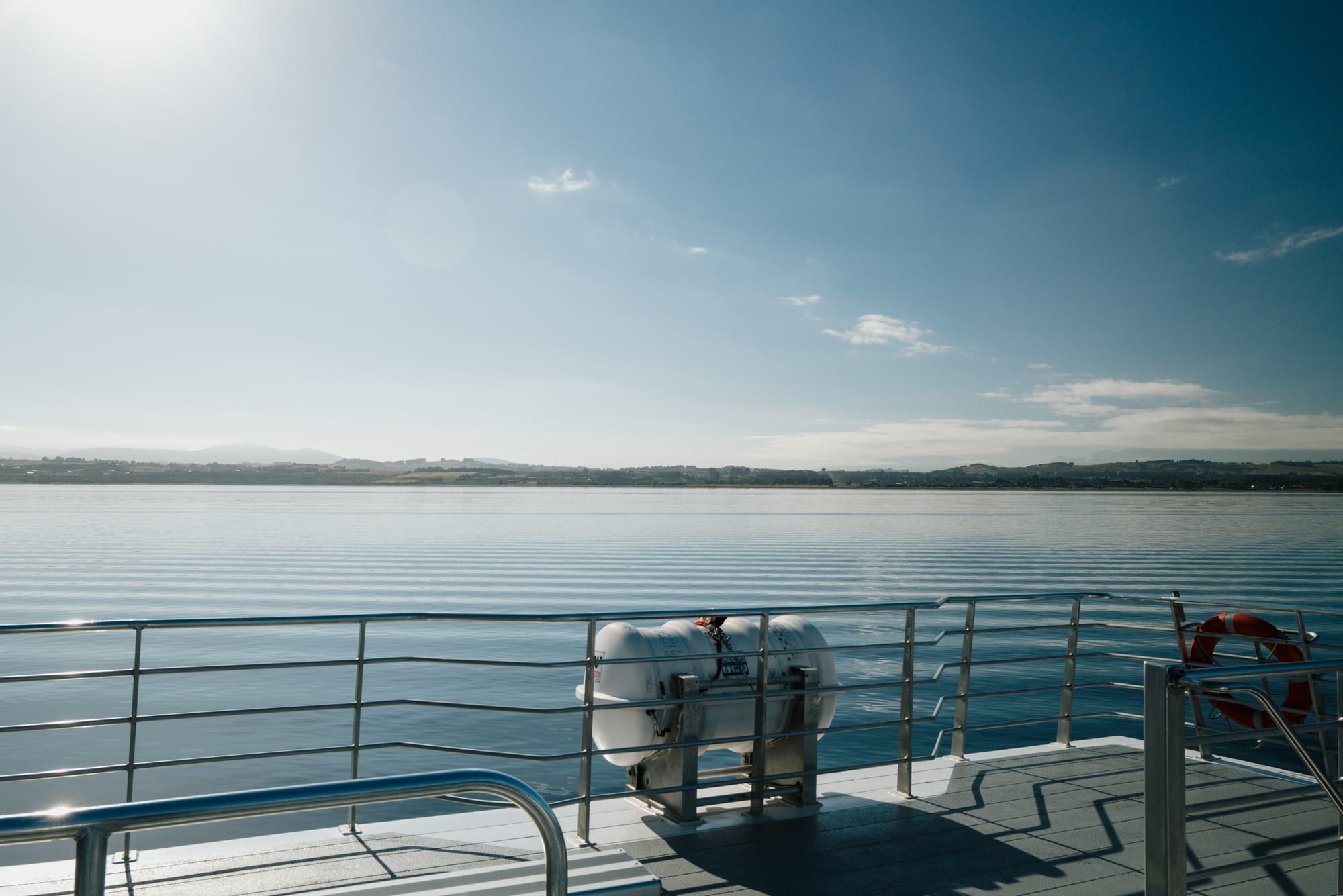
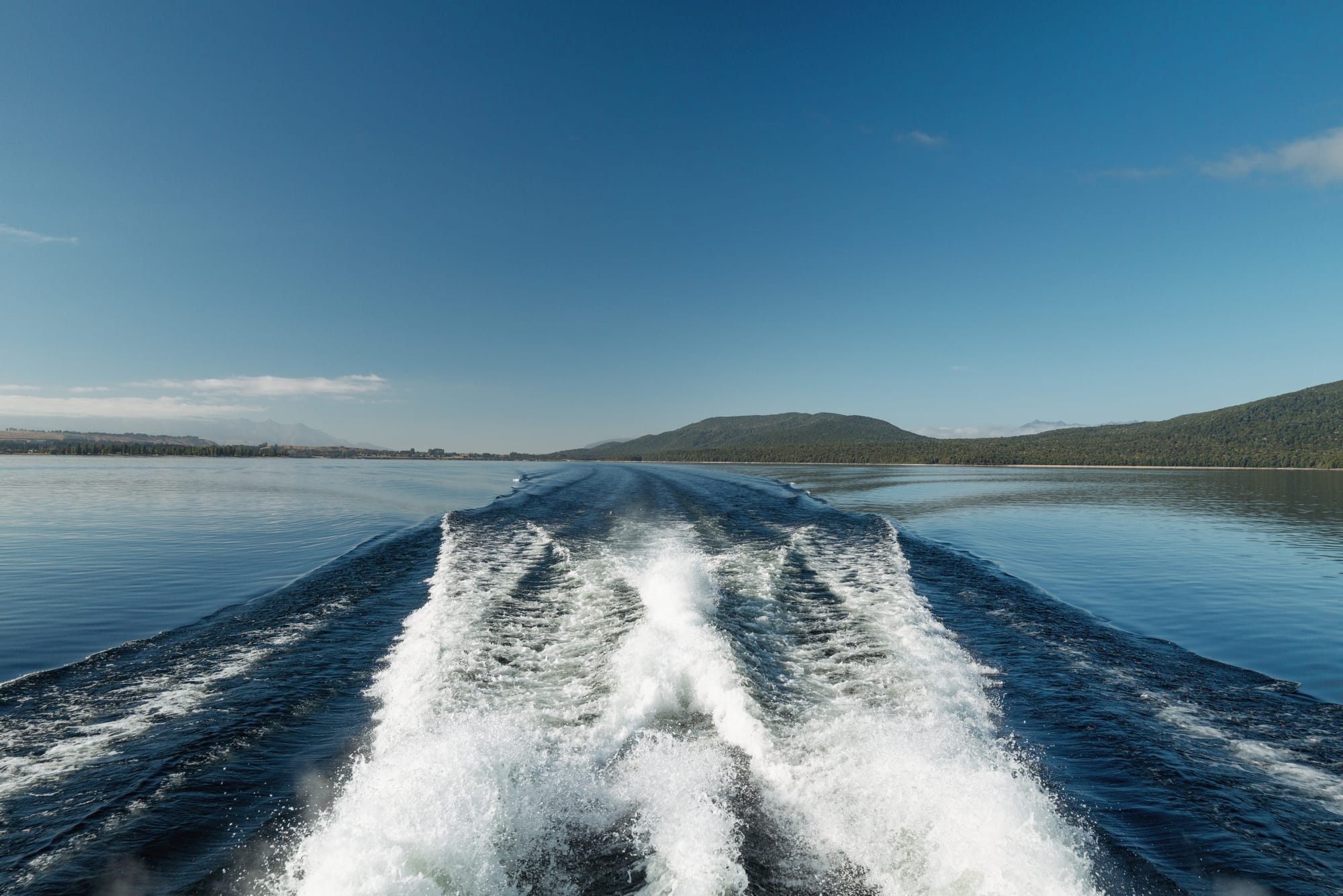
After our glowworm tour, we made the final jaunt back to Queenstown, gradually extracting ourselves from Fiordland’s deep green embrace and easing gently back into something loosely resembling civilization.


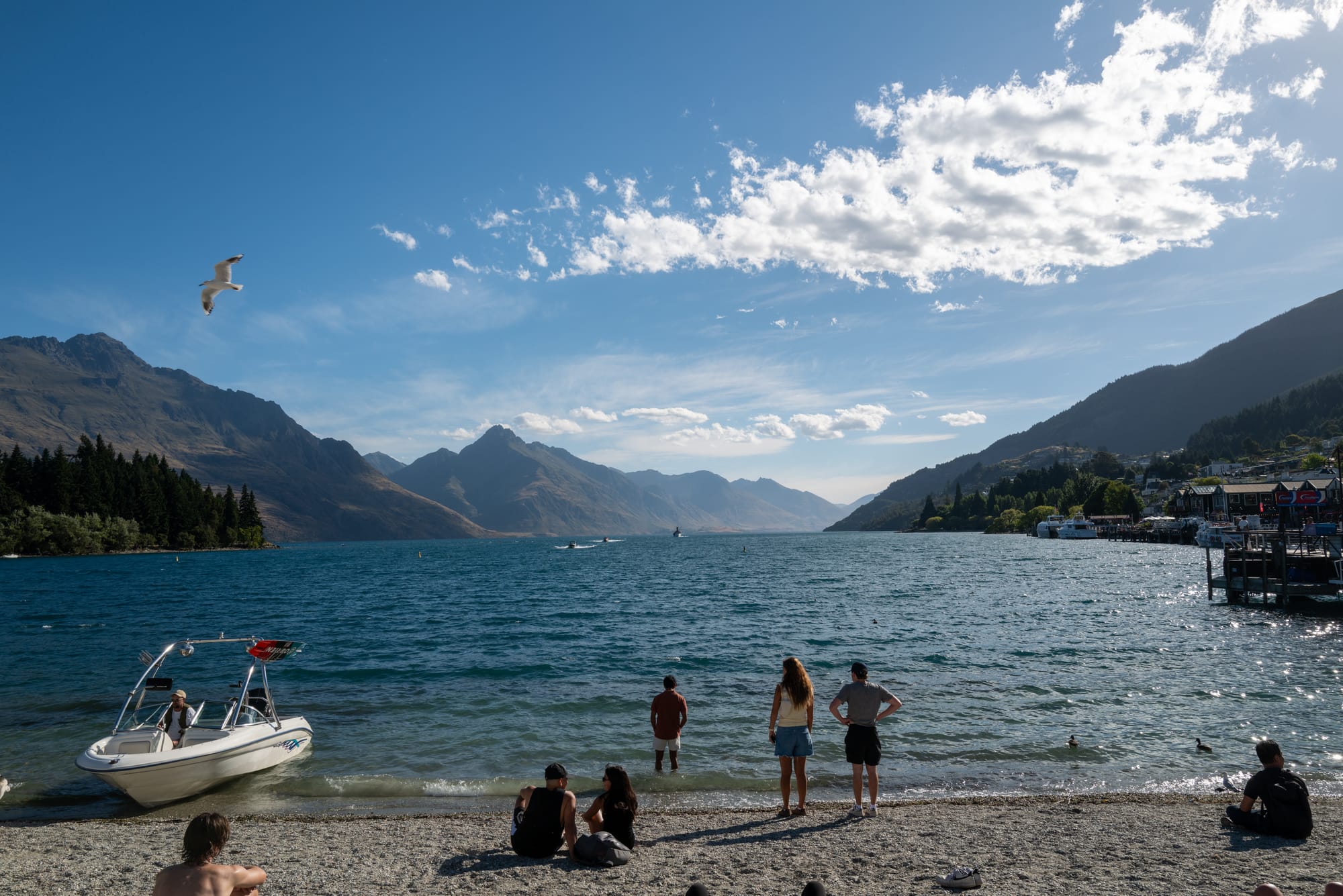
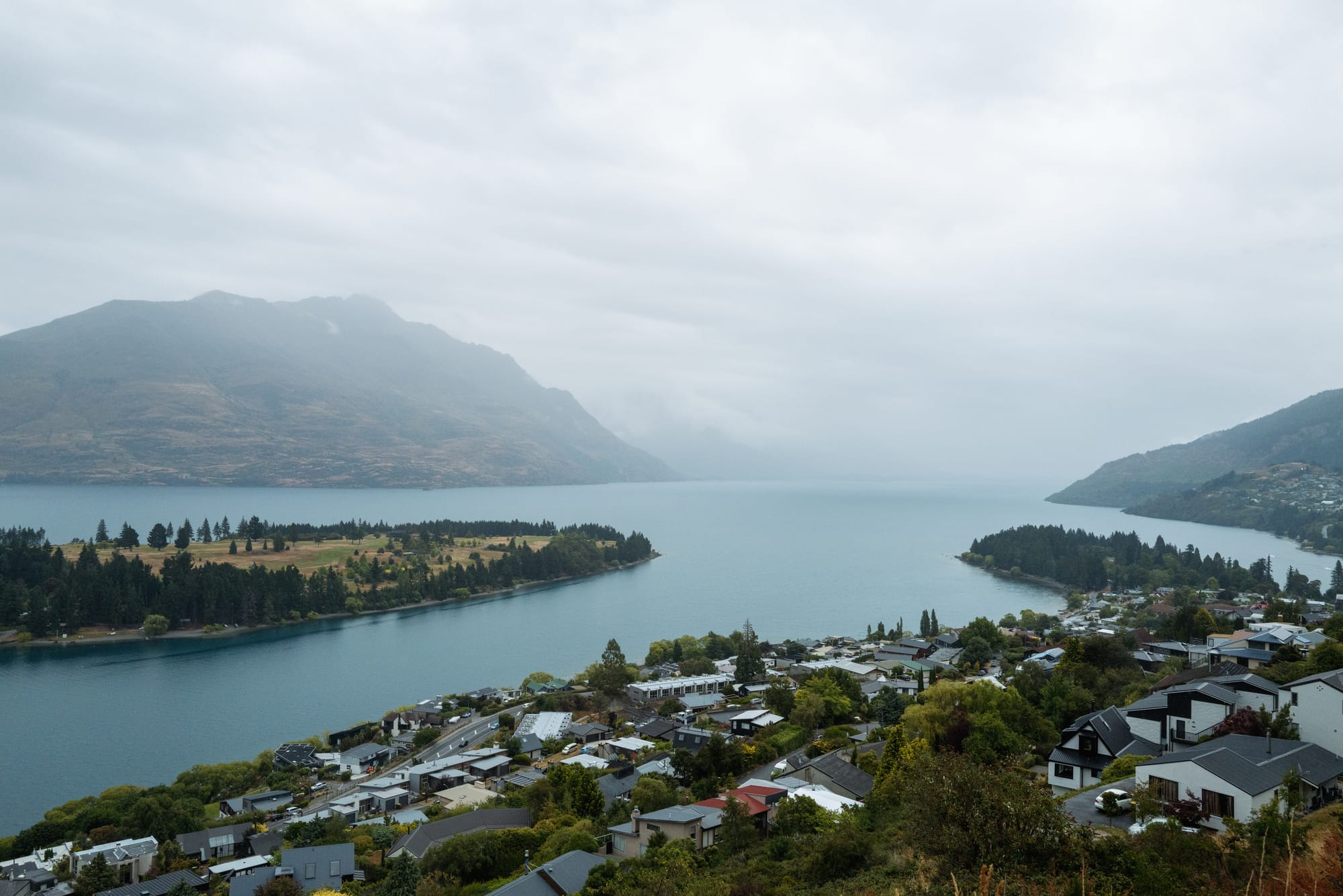
Christchurch
The last time I was in Christchurch was back in 2013, not long after a series of devastating earthquakes had shaken the city. At the time, the outlook shared by my tour guide was bleak. There were no concrete plans for rebuilding, and no one seemed certain what lay ahead. This surprised me; Christchurch, after all, is the South Island’s most connected city.
Over a decade on, I finally got my answer. On this trip, we joined a food, and street-art walking tour, and our guides shared something deeply moving about what had emerged from those events.
Yes, the destruction was mourned. But more importantly, Christchurch’s community rallied. Initially, there was some understandable resistance from parts of the city’s traditional Anglo community, reluctant to let go of the familiar past. Yet, over time, this very community also helped enable the rebuilding process to be inclusive and representative of Christchurch’s true diversity.
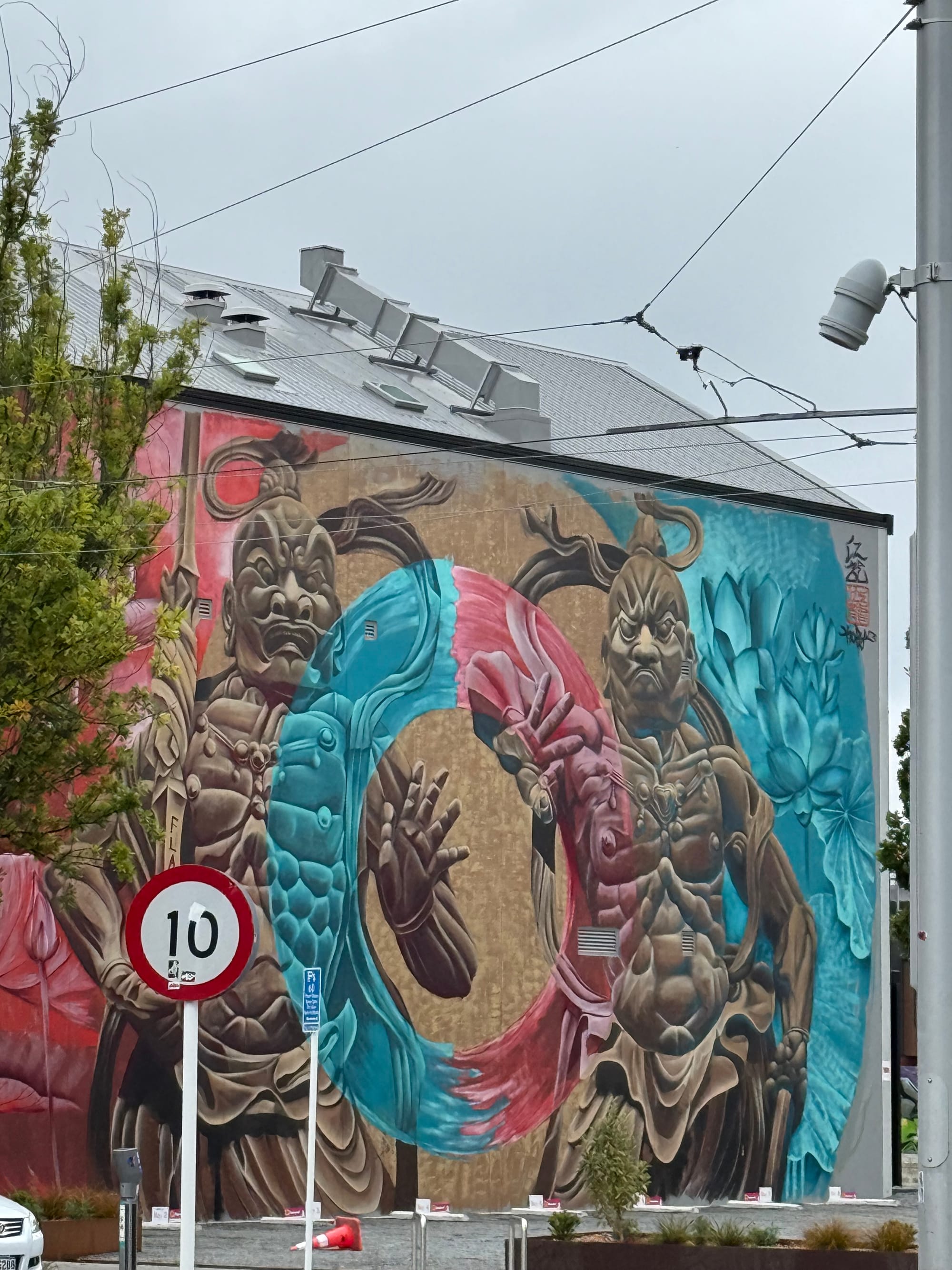

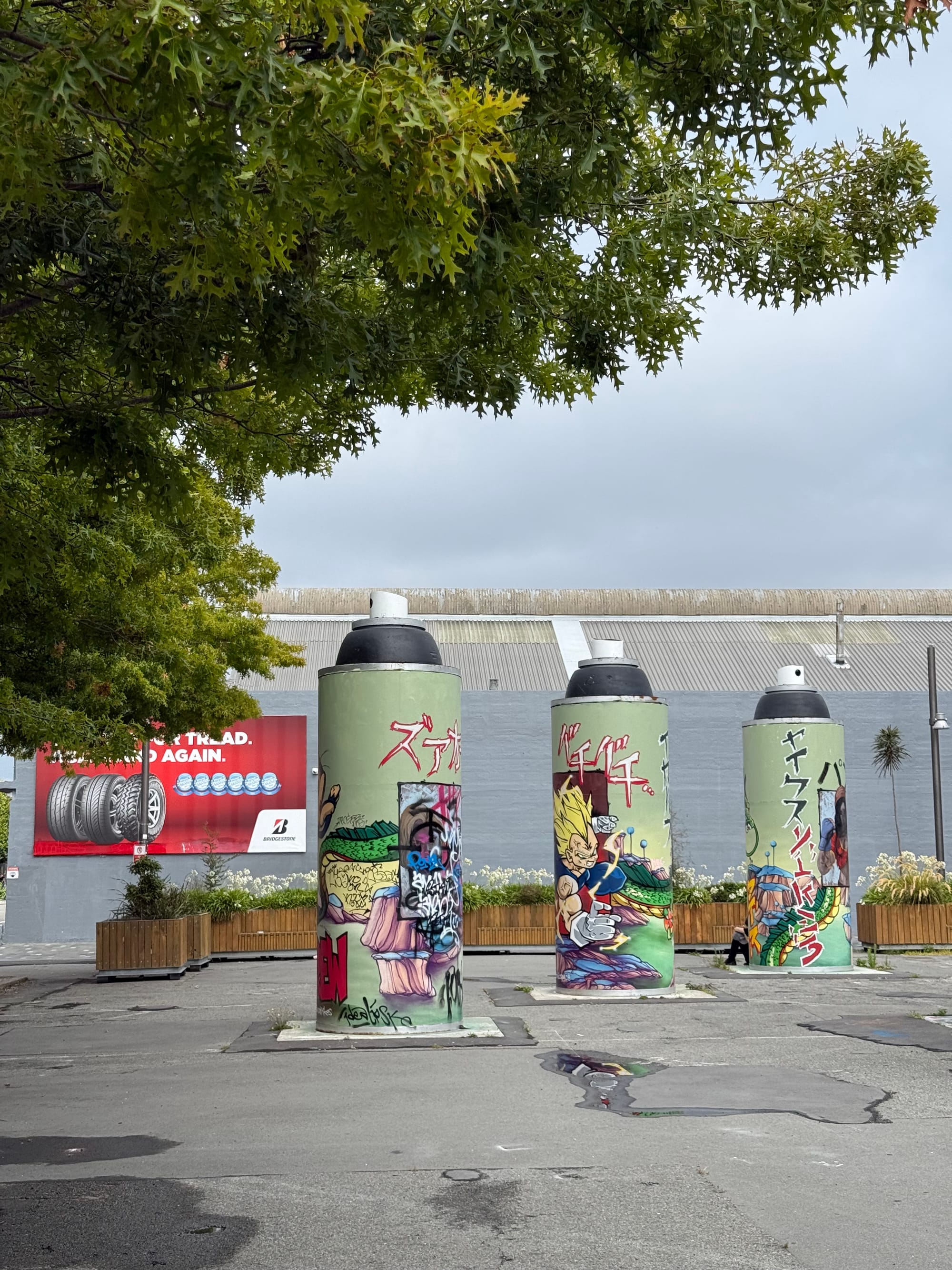
People across the city’s vibrant tapestry seized the chance to paint their story on a fresh canvas. Indigenous groups and immigrant communities stepped forward, making themselves seen, heard, and represented in ways they hadn’t before.
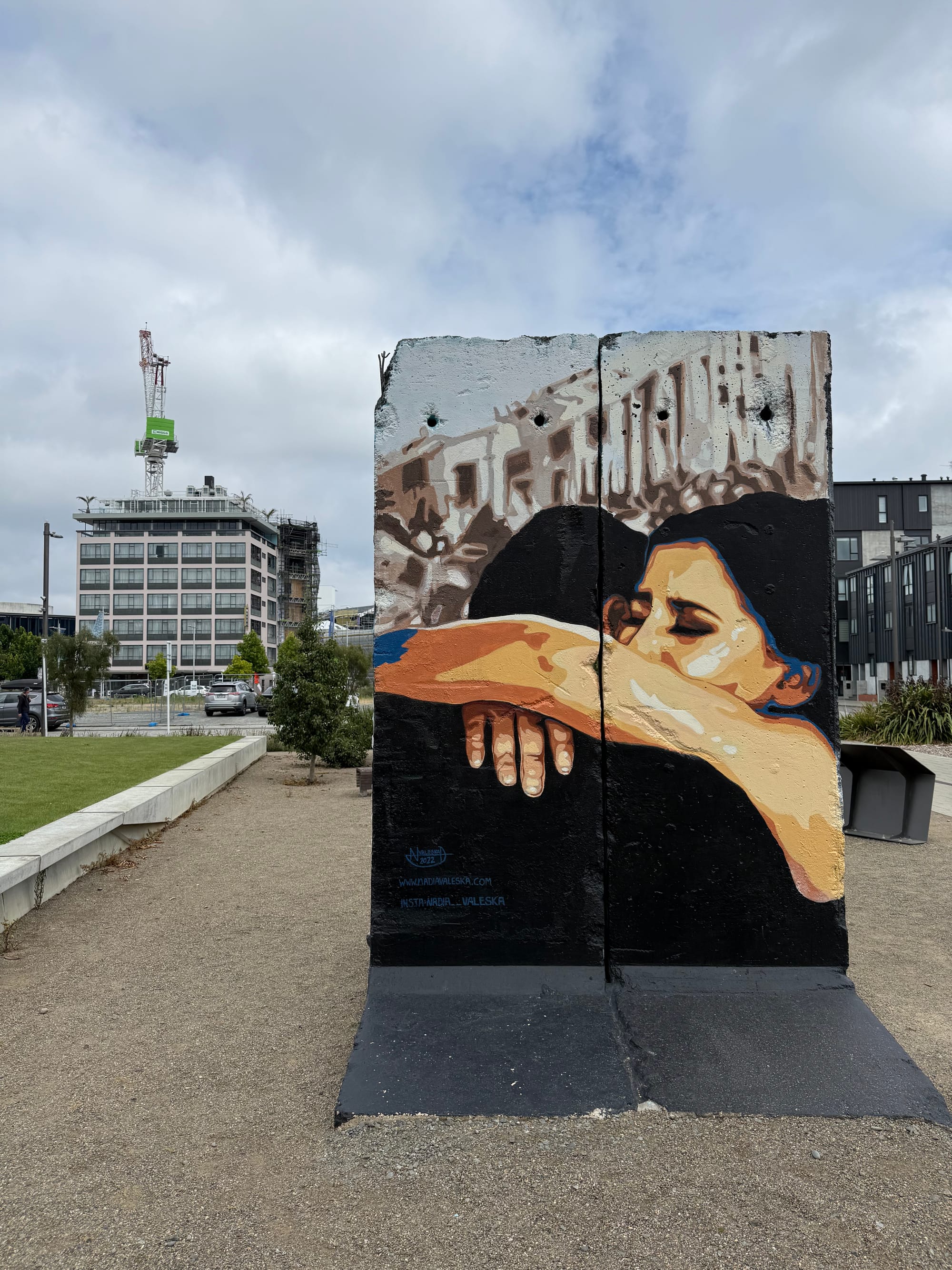
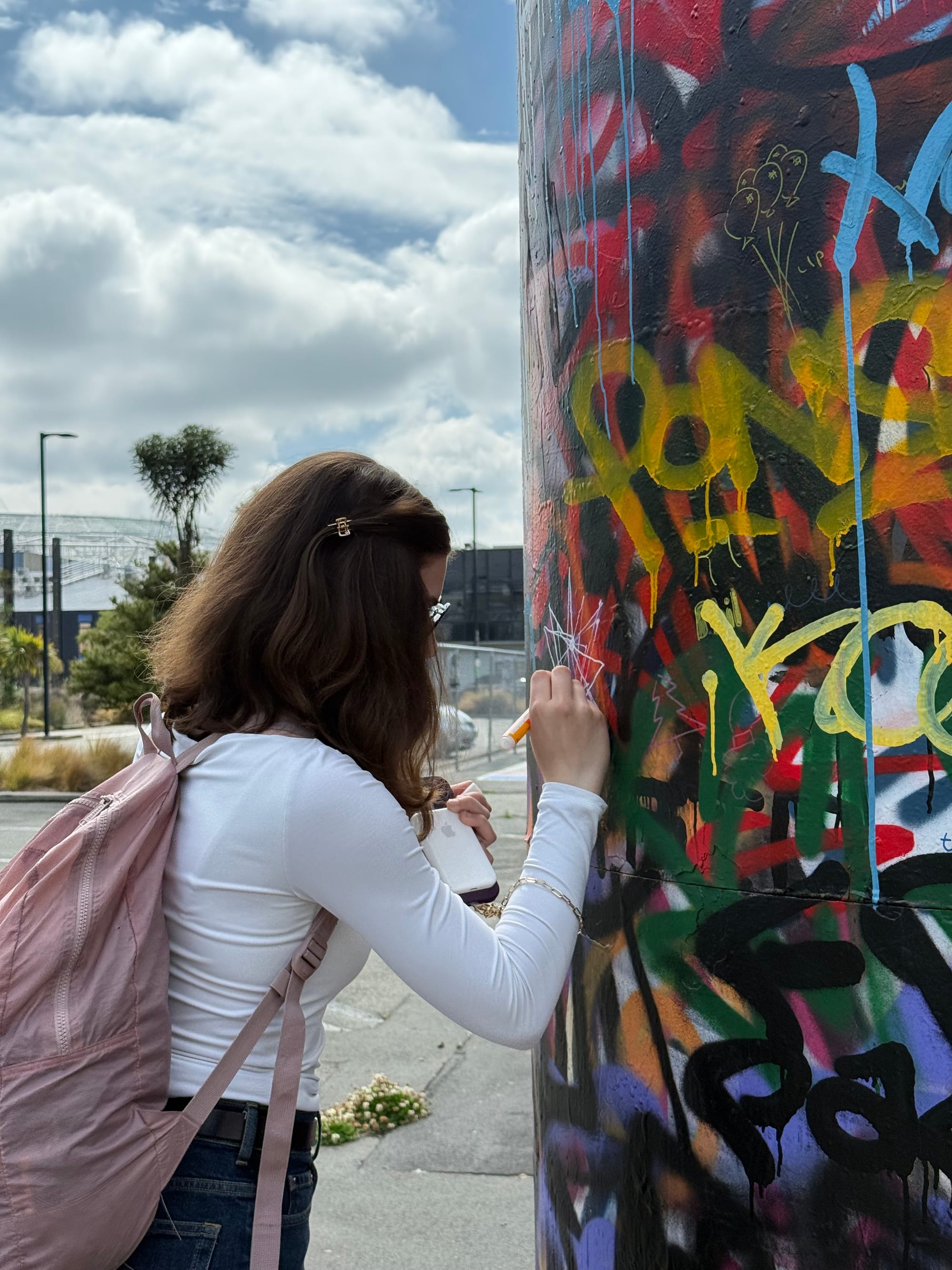
Today, Christchurch pulses with optimism and creative energy, a city determined not just to rebuild, but to become something richer, deeper, and even more vibrant than it ever was.
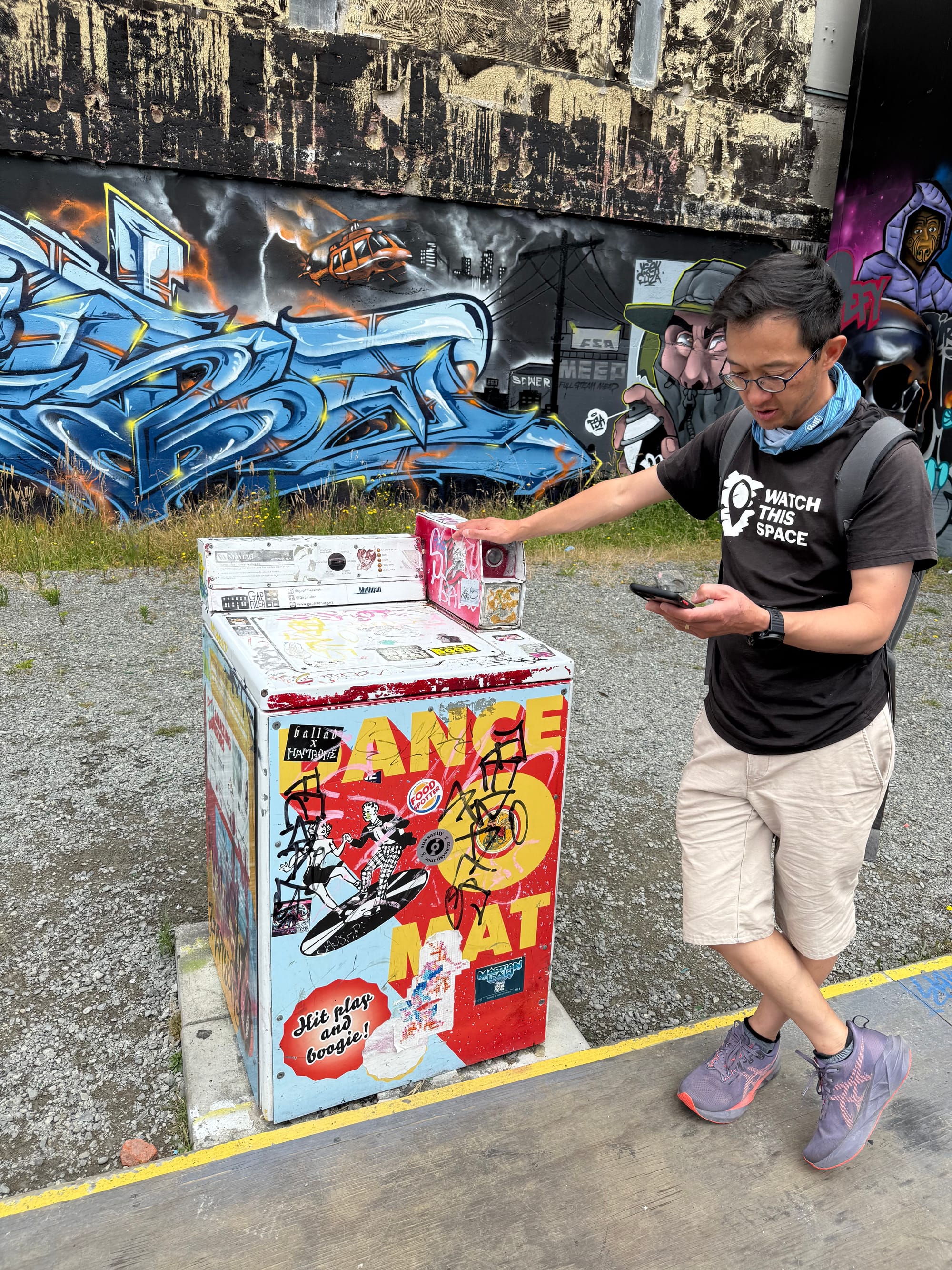
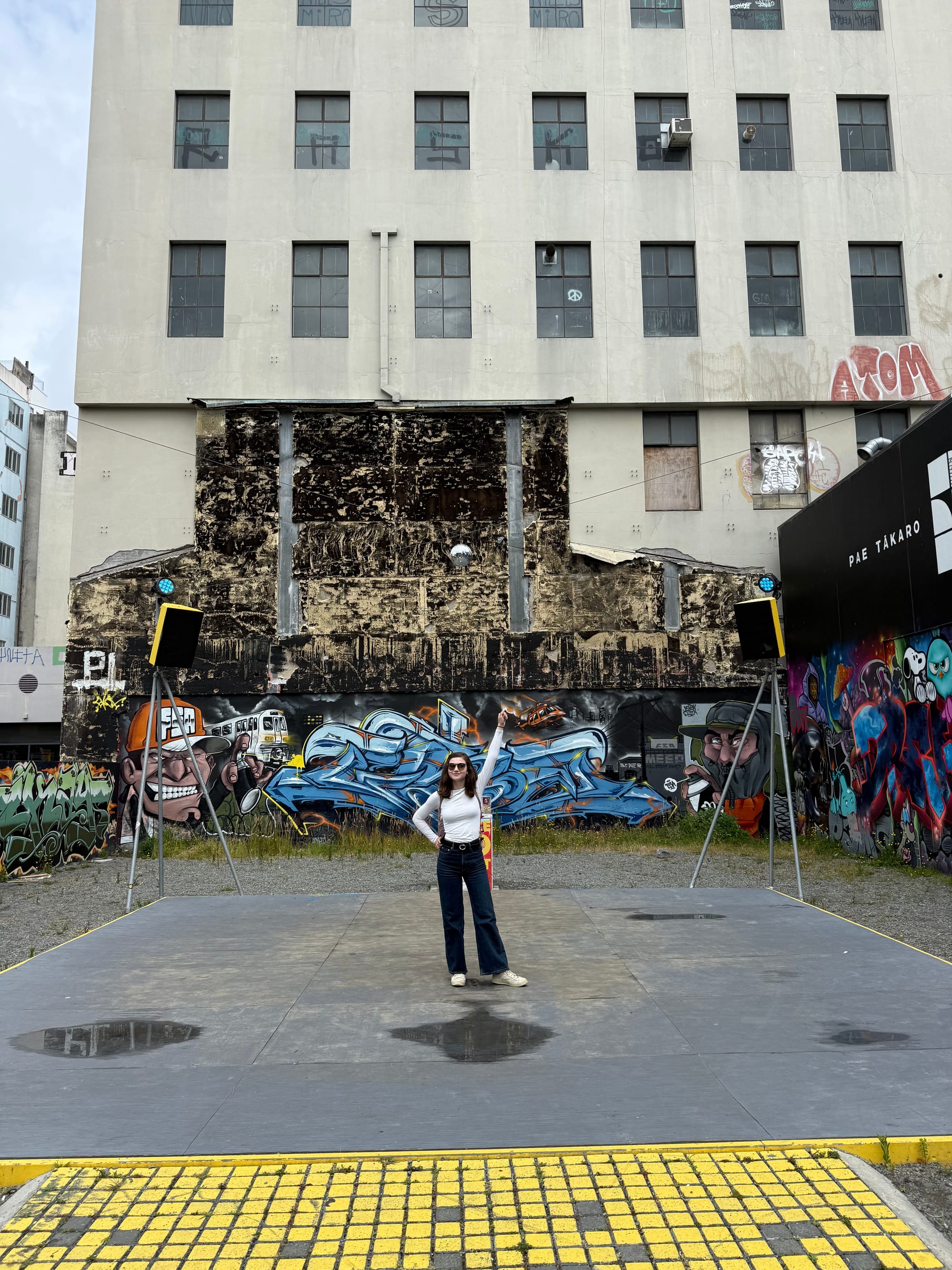
We only stayed in Christchurch for a night, taking off back to Sydney for our flight to Singapore the following day.
Sydney (Part 2)
With most of the hits already ticked, we wandered Bondi on our last day in the Southern Pacific. Salt in the air, practiced nonchalance on the promenade.
Consider this the part where I stop typing and let the photos earn their keep.
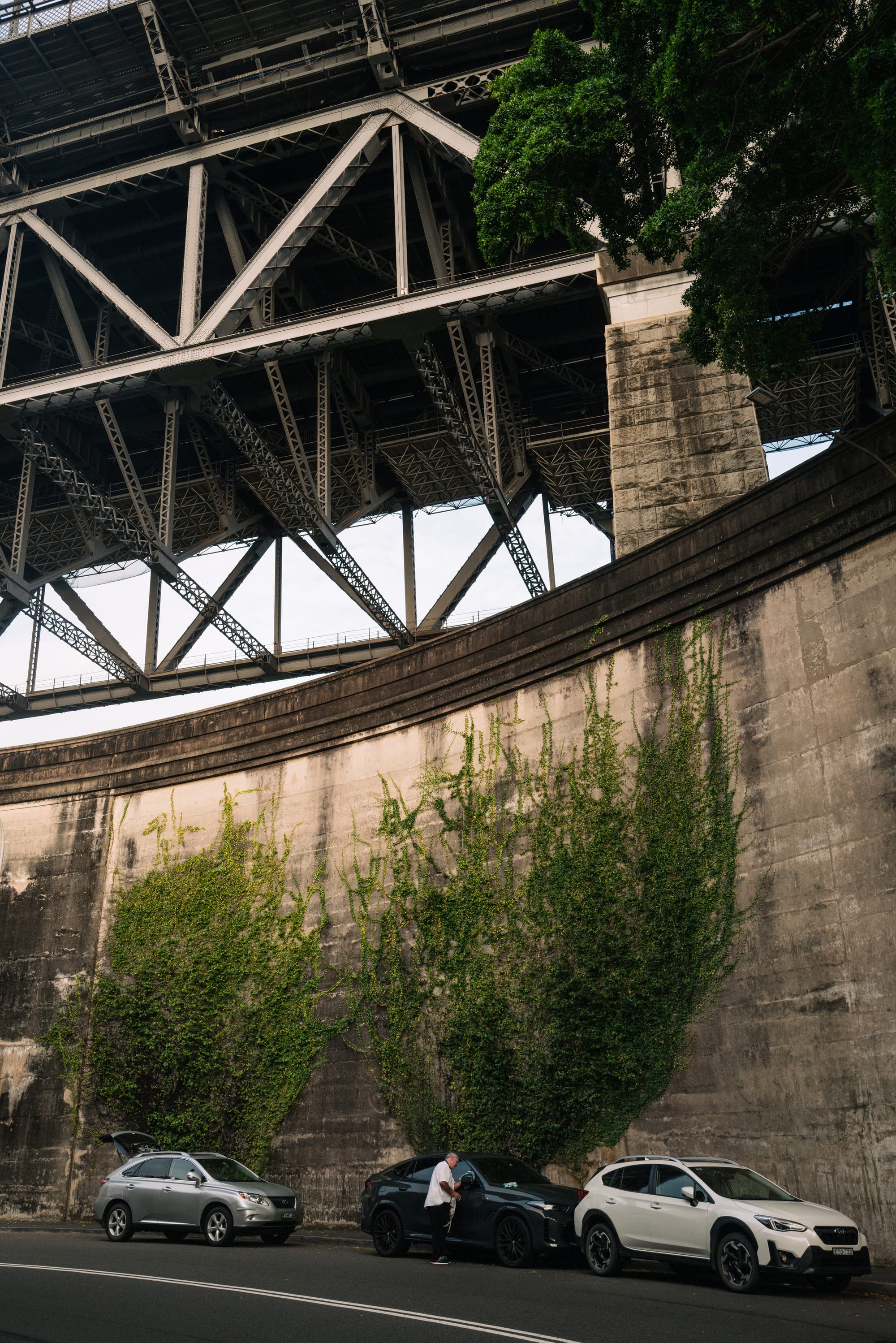
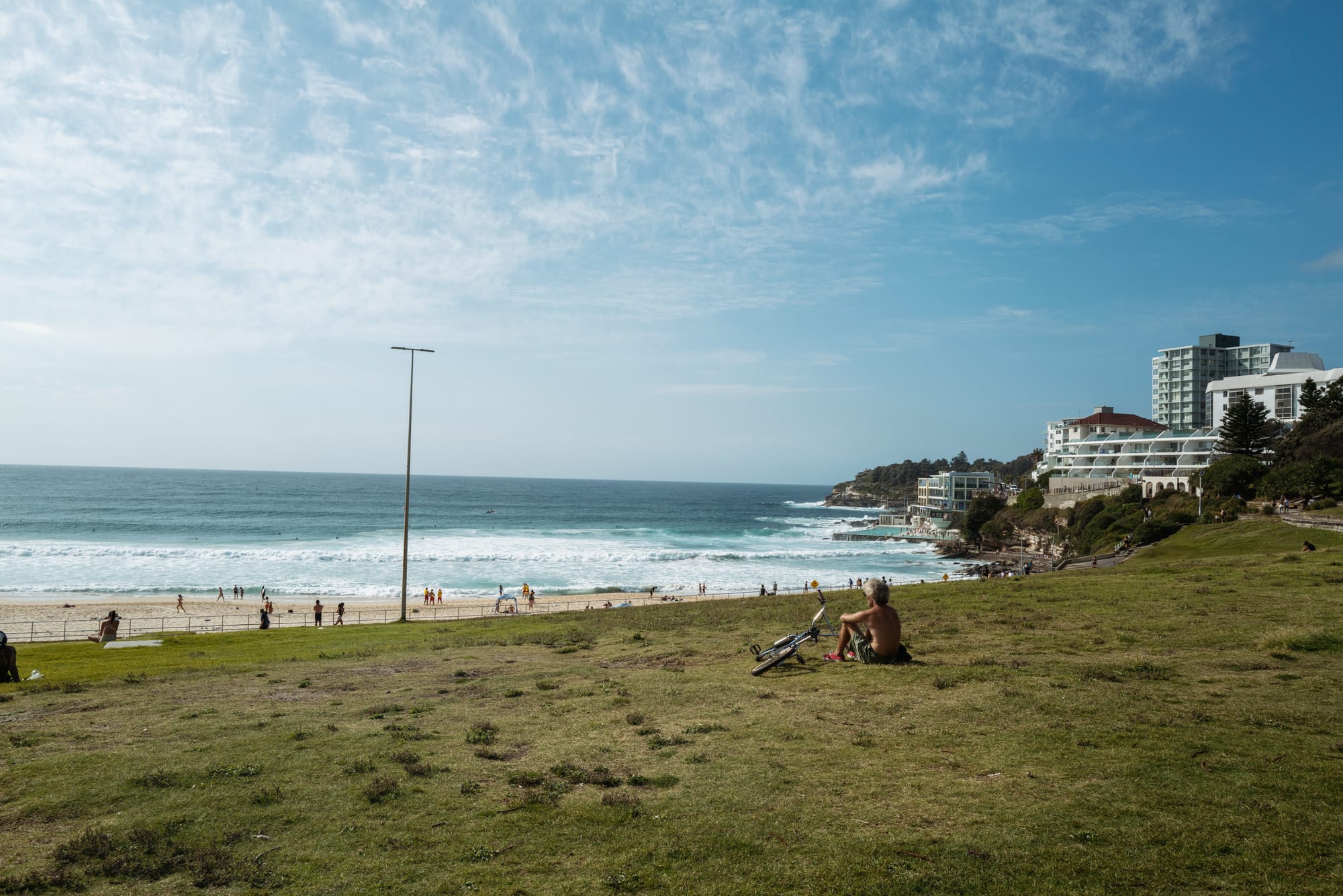
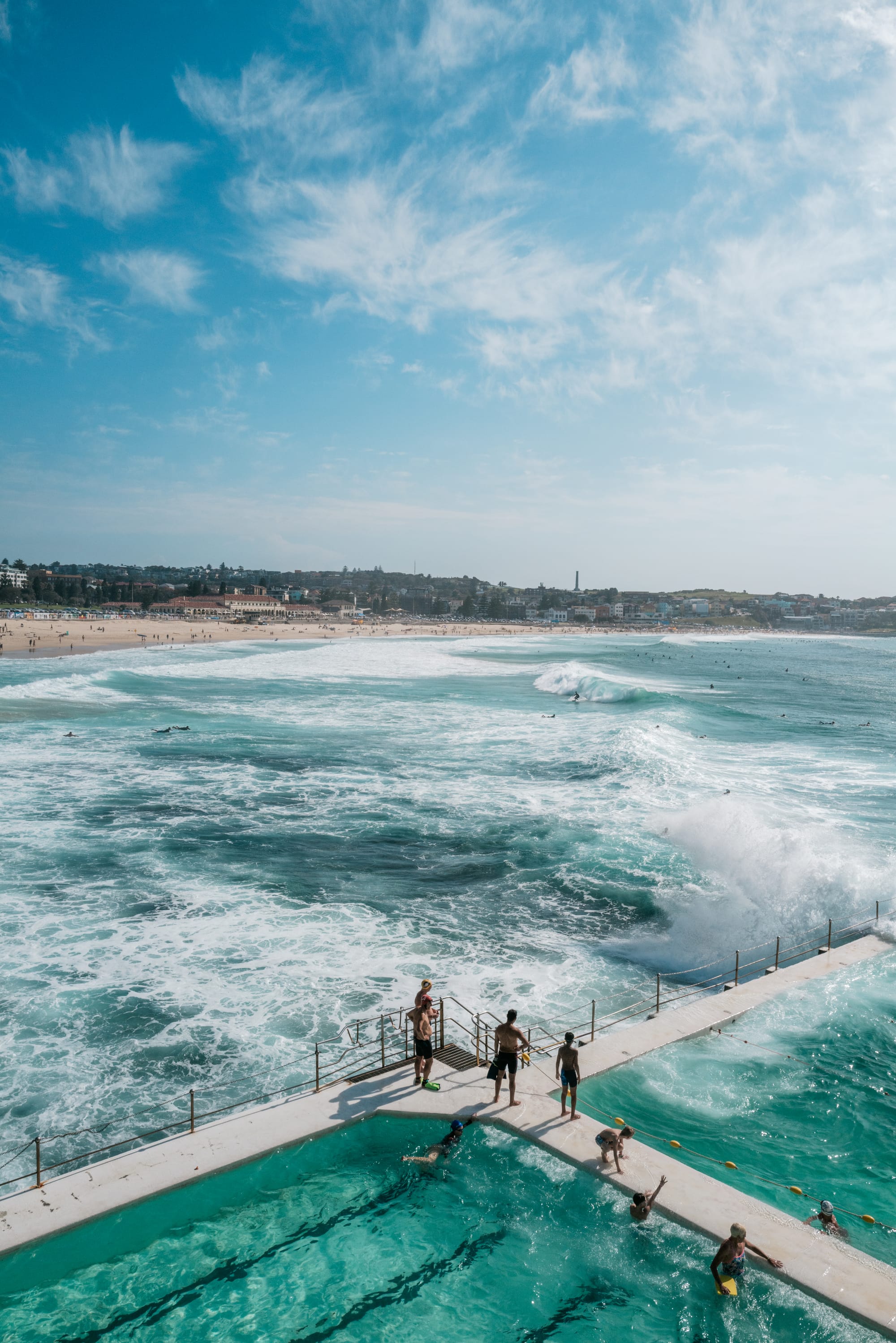
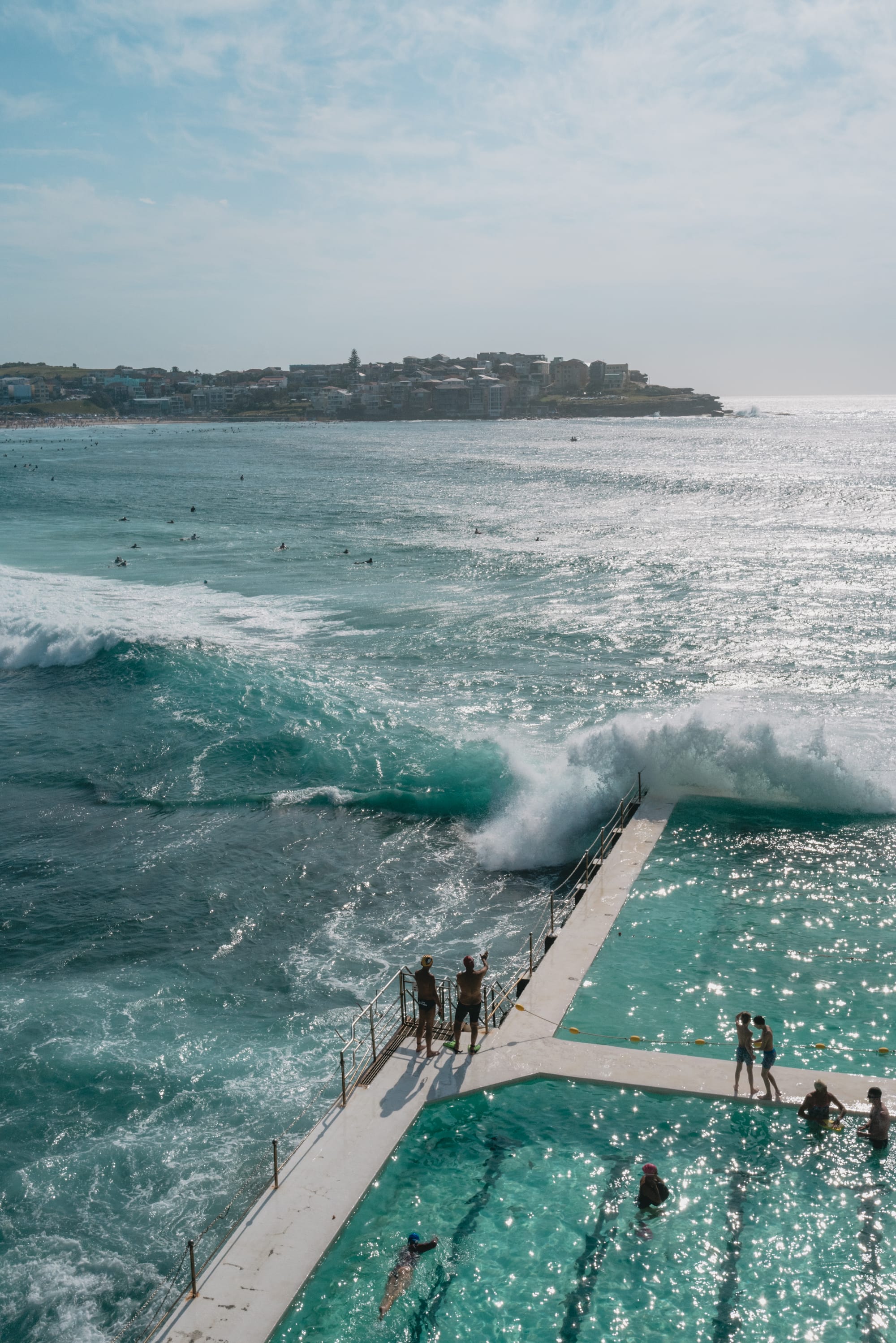
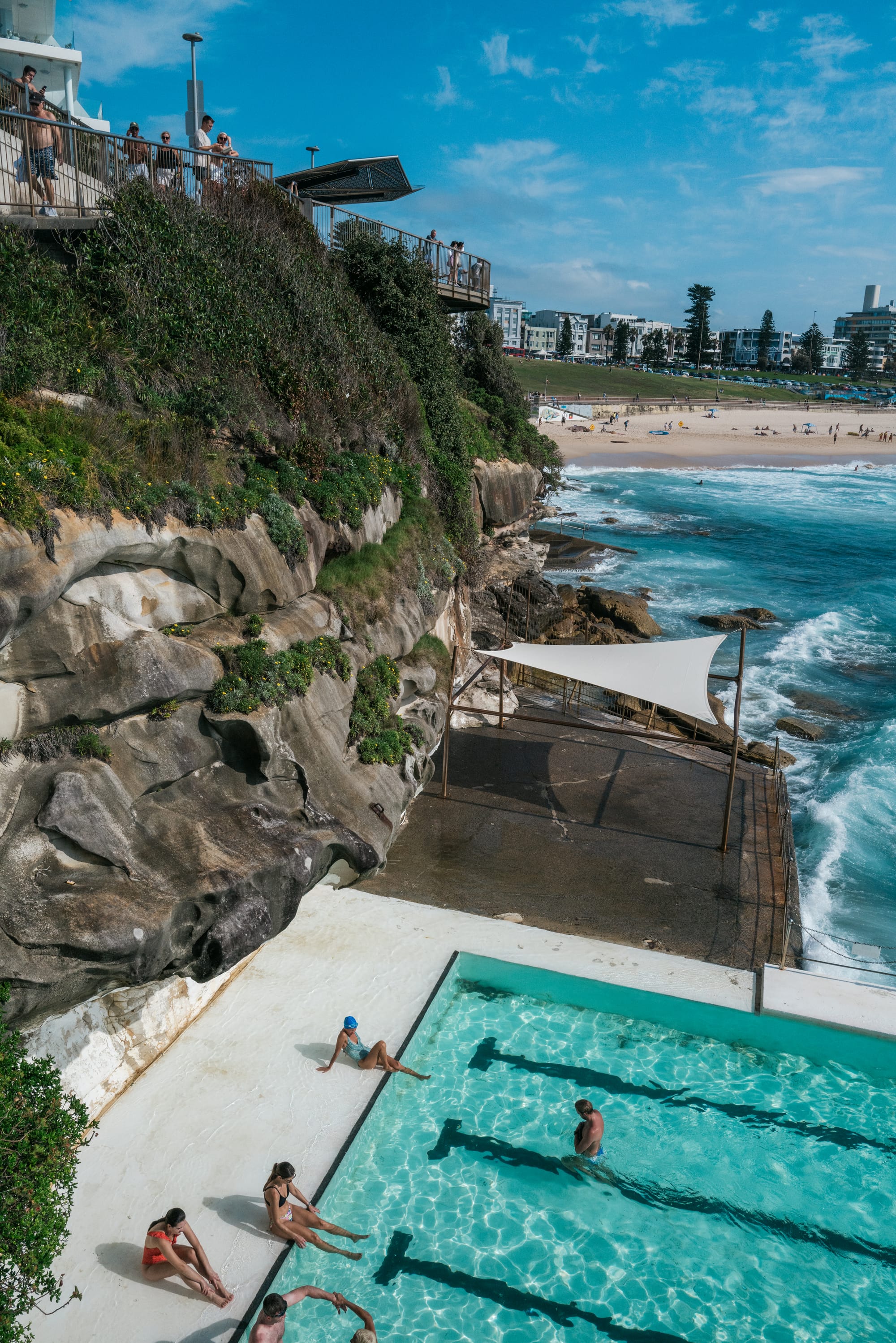
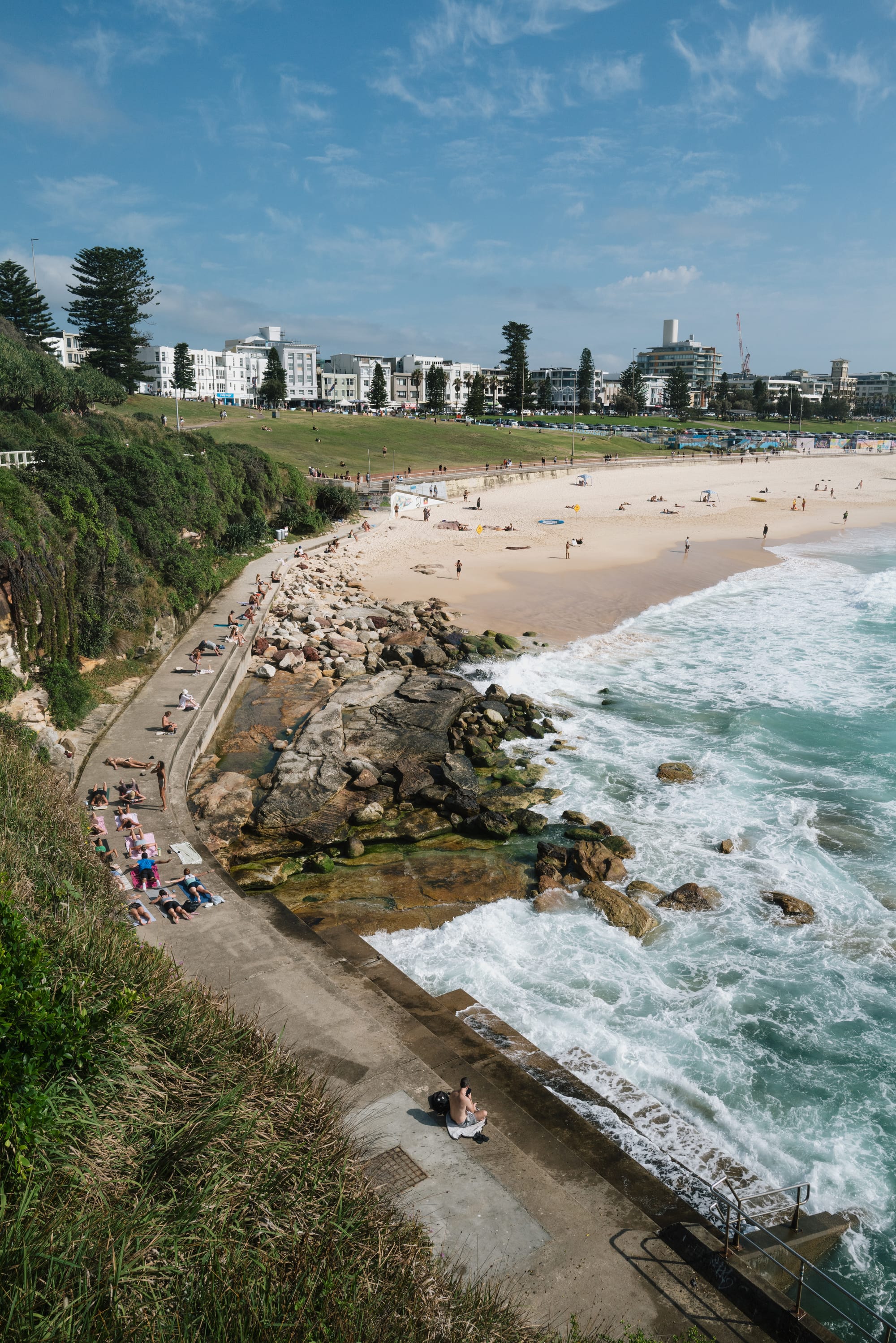
We boarded the flight north with sand still in our cuffs and the useful knowledge that detours, when chosen well, are simply the point.
Also, that the Kia’s lane-keep assist works. Loudly.
